A Modern Lovecraftian Road Trip To Innsmouth
“Innsmouth? Well, it’s a queer kind of a town down at the mouth of the Manuxet. Used to be almost a city—quite a port before the War of 1812—but all gone to pieces in the last hundred years or so..” Shadow Over Innsmouth, HP Lovecraft 1931
In 1931 HP Lovecraft wrote the influential horror story of Shadow Over Innsmouth. It was a story of a student on a tour of New England that takes a detour from his trip south from Newburyport to Arkham upon hearing of this remote and forgotten seaside town.
By Hoodinski - Own work, CC BY-SA 3.0, https://commons.wikimedia.org/w/index.php?curid=15255916
The narrator begins in by describing the peculiar events during the winter of 1927-28 in which the Federal government made an investigation of the seaport town of Innsmouth that resulted in a vast series of raids, arrests and deliberate destruction of a number of dilapidated houses along the waterfront. This was followed by reports of the navy discharging torpedoes at the Devil’s Reef just out from the harbor.
After a bit of research into the odd town, the narrator grabs the bus bound for Innsmouth where he eventually discovers the town.
It was a town of wide extent and dense construction, yet one with a portentous dearth of visible life. From the tangle of chimney-pots scarcely a wisp of smoke came, and the three tall steeples loomed stark and unpainted against the seaward horizon. One of them was crumbling down at the top, and in that and another there were only black gaping holes where clock-dials should have been. The vast huddle of sagging gambrel roofs and peaked gables conveyed with offensive clearness the idea of wormy decay, and as we approached along the now descending road I could see that many roofs had wholly caved in. There were some large square Georgian houses, too, with hipped roofs, cupolas, and railed “widow’s walks”. These were mostly well back from the water, and one or two seemed to be in moderately sound condition. Stretching inland from among them I saw the rusted, grass-grown line of the abandoned railway, with leaning telegraph-poles now devoid of wires, and the half-obscured lines of the old carriage roads to Rowley and Ipswich.
The decay was worst close to the waterfront, though in its very midst I could spy the white belfry of a fairly well-preserved brick structure which looked like a small factory. The harbour, long clogged with sand, was enclosed by an ancient stone breakwater; on which I could begin to discern the minute forms of a few seated fishermen, and at whose end were what looked like the foundations of a bygone lighthouse. A sandy tongue had formed inside this barrier, and upon it I saw a few decrepit cabins, moored dories, and scattered lobster-pots. The only deep water seemed to be where the river poured out past the belfried structure and turned southward to join the ocean at the breakwater’s end.
While the town of Innsmouth was not a real location it was actually based on the town of Newburyport, Massachusetts and in HP Lovecrafts own words “[Innsmouth] is a considerably twisted version of Newburyport.”
Newburyport
Newburyport, Innsmouth, is historic seaport first settled in 1635 as part of the Newberry Plantation that is now in the town of Newbury, and in 1764 the town of Newburyport came into being. Sitting at the edge of the Newbury Marshes.
A Lovecraftian Road Trip To Innsmouth
Today, a road trip to Innsmouth is quite different. Between the tourists with coastal traffic, the commercial look of the coastal road 1A and the general sense of congestion. It’s hard to see the isolating dread of a forgotten seaport community but it is not impossible.
Just 20 miles west of Newburyport lies Mystery Hill, America’s Stonehenge. Tucked away in Southern New Hampshire in the hamlet of Salem is an archaeological mystery site that remains controversial to this day. Acres of stone structures hidden away in the woods on not so well-known roads. The site leaves much to the imagination whether it be dark occult rituals or grain storage, these megalithic structures can be interpreted many ways.
Our road trip to Newburyport was in pursuit of a Whale Watch cruise that would take us out to sea for the day and when we came back to port we would then spend the rest of our day exploring the town and surrounding areas. Unfortunately, or fortunately, our plans were waylaid by some interesting events.
Traveling into Newburyport from the north, Salsibury, leads you down bridge street across the Merrimack River bridge to Newburyport proper.
Our arrival in Newburyport brought us through the downtown district and over to the dockside parking lot near a beautiful seaside park and docks. The weather had shifted drastically to offer a more atmospheric look at the shadowy town that HP Lovecraft had envisioned as Innsmouth. The temperatures had dropped to the mid-50s, 5ft swells were sending the fishermen back to port and cancelling our cruise while fog dampened the entire town.
While there was a potential option for a harbor cruise later, we were left without much to do other than explore the town. Right at the docks a tall ship, a reproduction Spanish Galleon was at the docks offering tours with the purchase of tickets from the Maritime Museum. Unfortunately the museum did not open until noon which left us to walk down the streets in search of something to pass the time.
As fortune would have it, we came into the town square as it was opening for a Memorial Day weekend festival of sorts featuring tons of local booths, shops and artists plying their trade. It was really easy to see a the European influence of architecture, planing and even just the atmosphere.
Wandering the street festival we were able to see dramatic shifts from what may have existed when Lovecraft twisted the town into Innsmouth into a bustling small seaport destination that it was today. Many iconic landmarks were just as they had been described with modern updates of course and when the Maritime Custom house Museum opened we were able to see the original photos of the town and how Newburyport had changed with complete renovations to the dockside and downtown districts of town that had aggravated much of the residents.
Amusingly the major demolitions of the buildings, warehouses and dilapidated homes of those districts perfectly echo what HP Lovecraft had said at the start of his story.
"...followed by the deliberate burning and dynamiting—under suitable precautions—of an enormous number of crumbling, worm-eaten, and supposedly empty houses along the abandoned waterfront."
Even in the Custom House Maritime Museum we could readily find Lovecraft's inspiration for his characters in Shadow Over Innsmouth, two captains from the early 19th and 20th centuries had notes in the exhibits. A Captain Obed and a Captain Marsh were of historical significance for Newburyport.
There were artifacts from the great shipping days of Newburyport where the historian told us that Captains would often bring back objects or 'souvenirs' from their trips to distant ports.
Some of the notable artifacts on display were a giant clam shell almost four feet across, some silver dishes, and even some gold figures that looked to be reminiscent of Poseidon.
Not only were there Captains of some great significance to Newburyport named Obed and Marsh that were likely the inspiration for the town leader Obed Marsh in Shadow Over Innsmouth but also there were stories of trade and even artifacts in the museum that also matched to descriptions.
The town of Newburyport, Innsmouth, today is steeped in history and feels like it is a piece of a different time but also a piece of today. It is a welcoming hybrid of the past and present that carries with it an air of something else. Newburyport, much like it's twisted shadowy version in Innsmouth still holds captive the imagination.
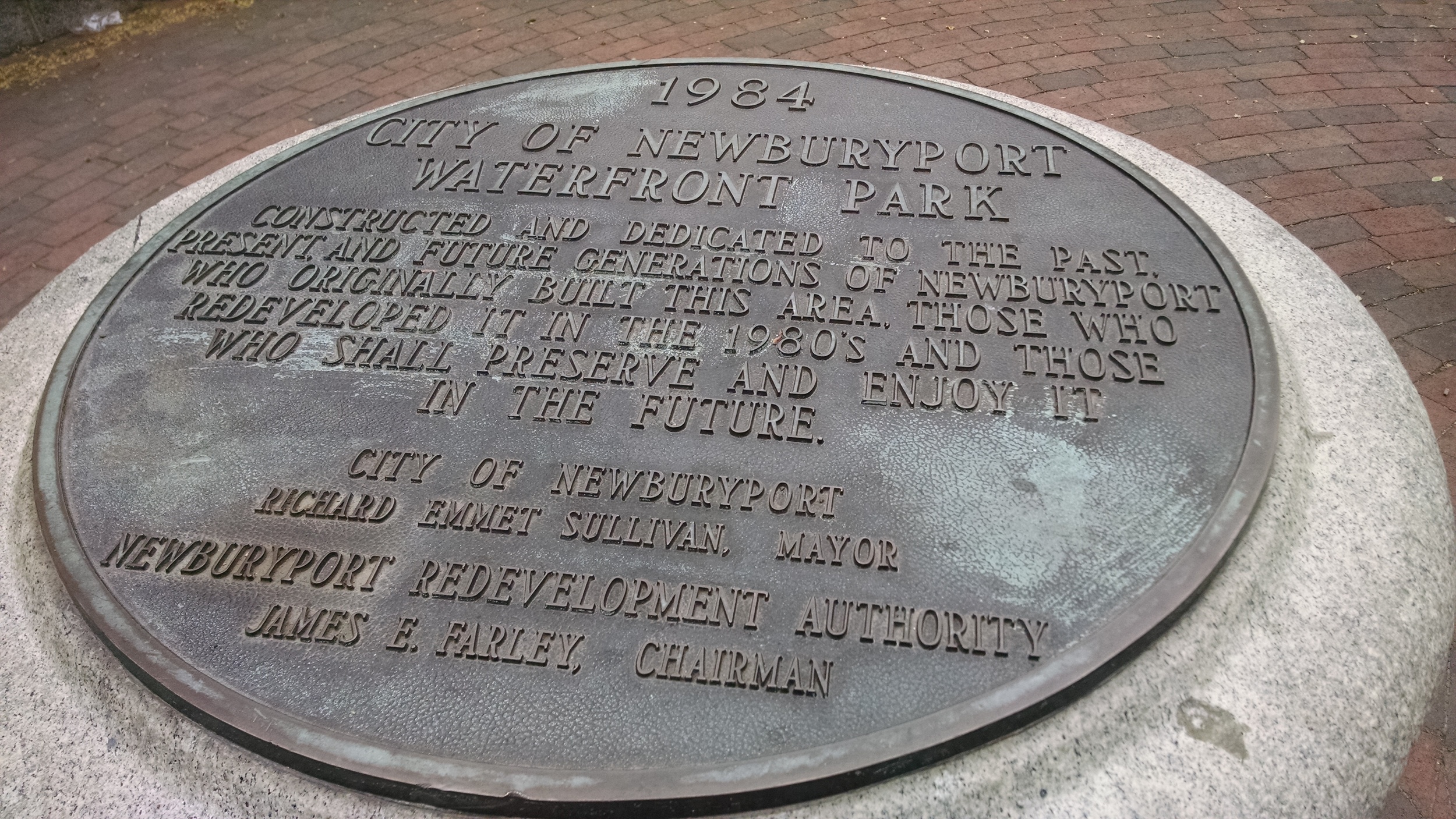
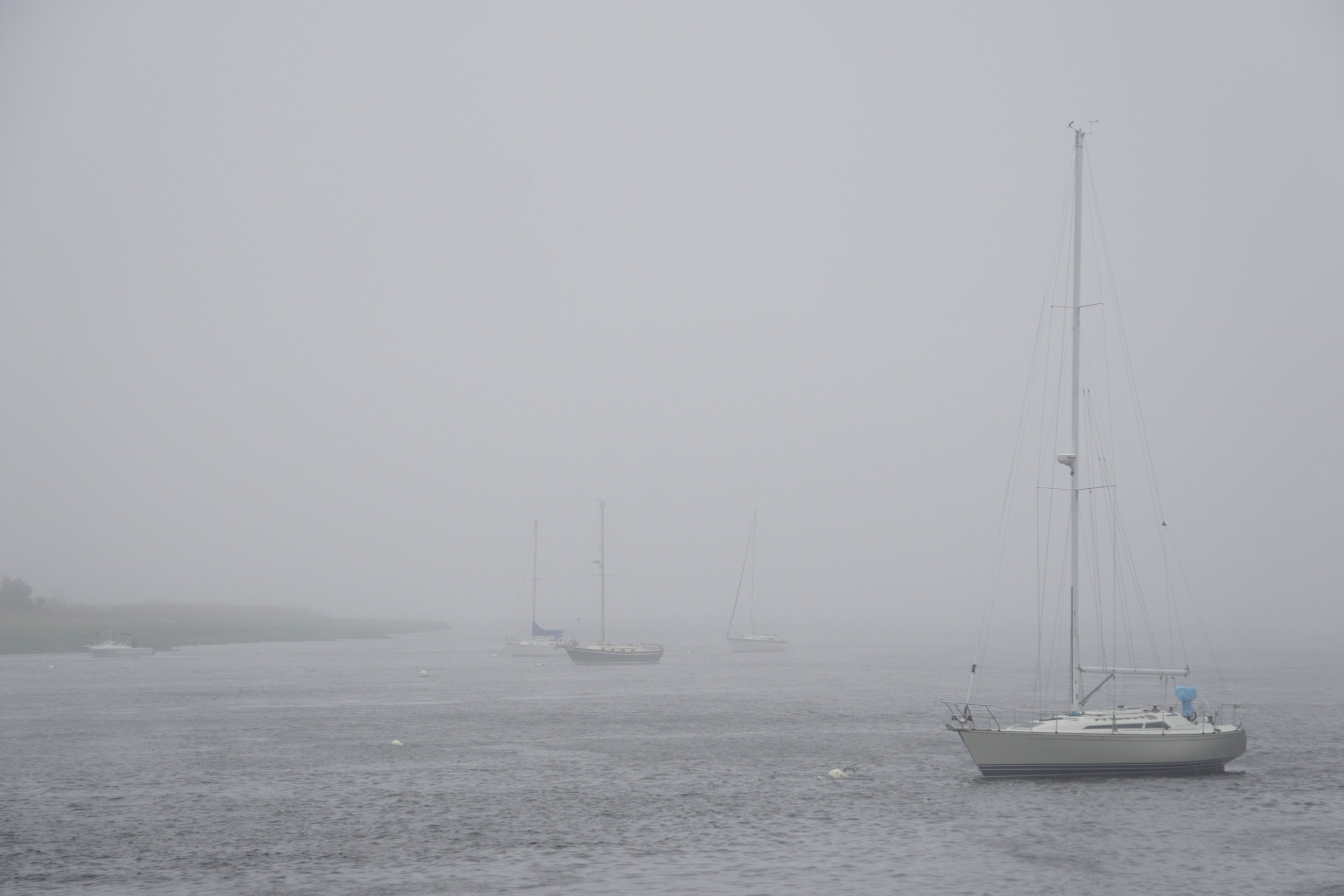
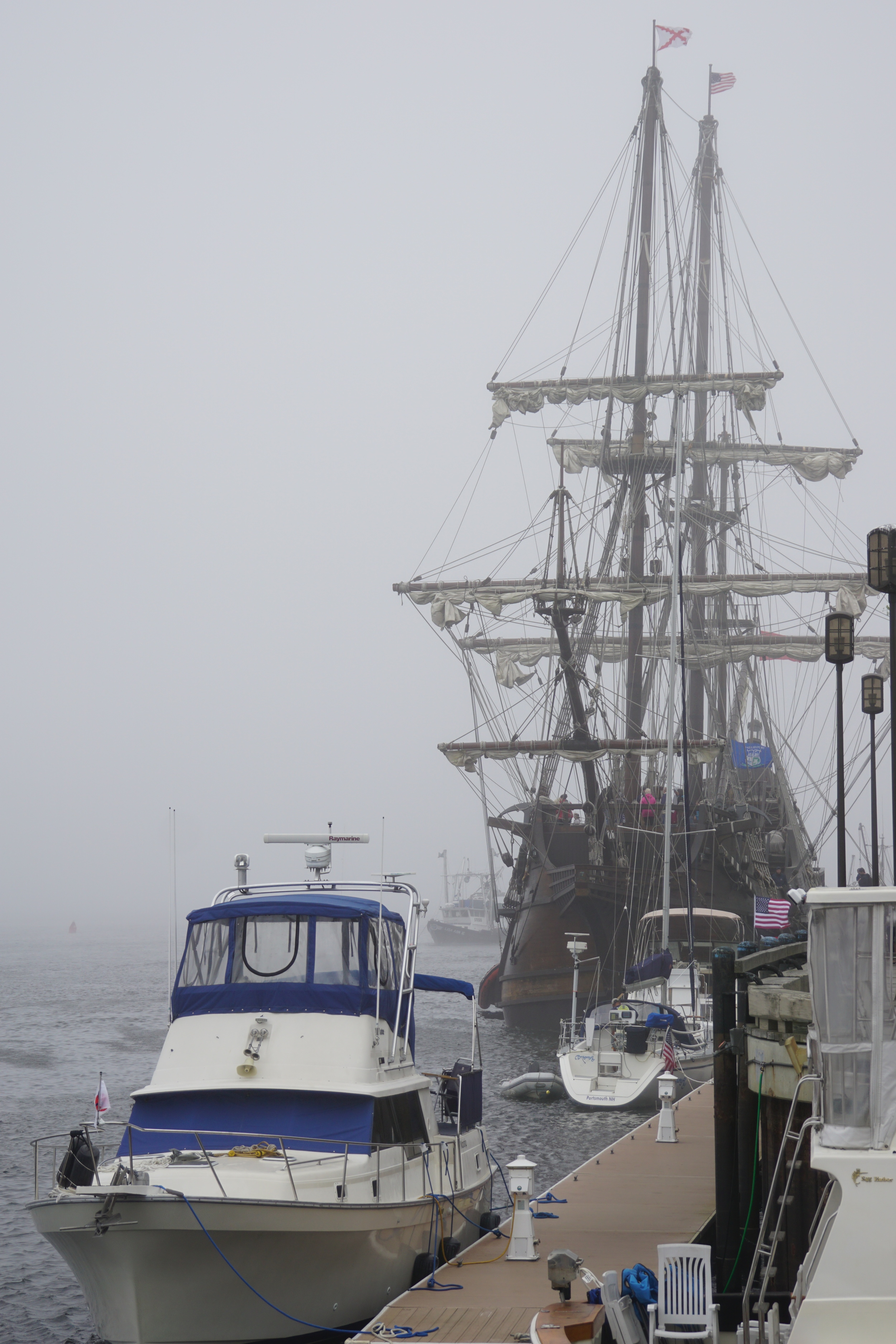

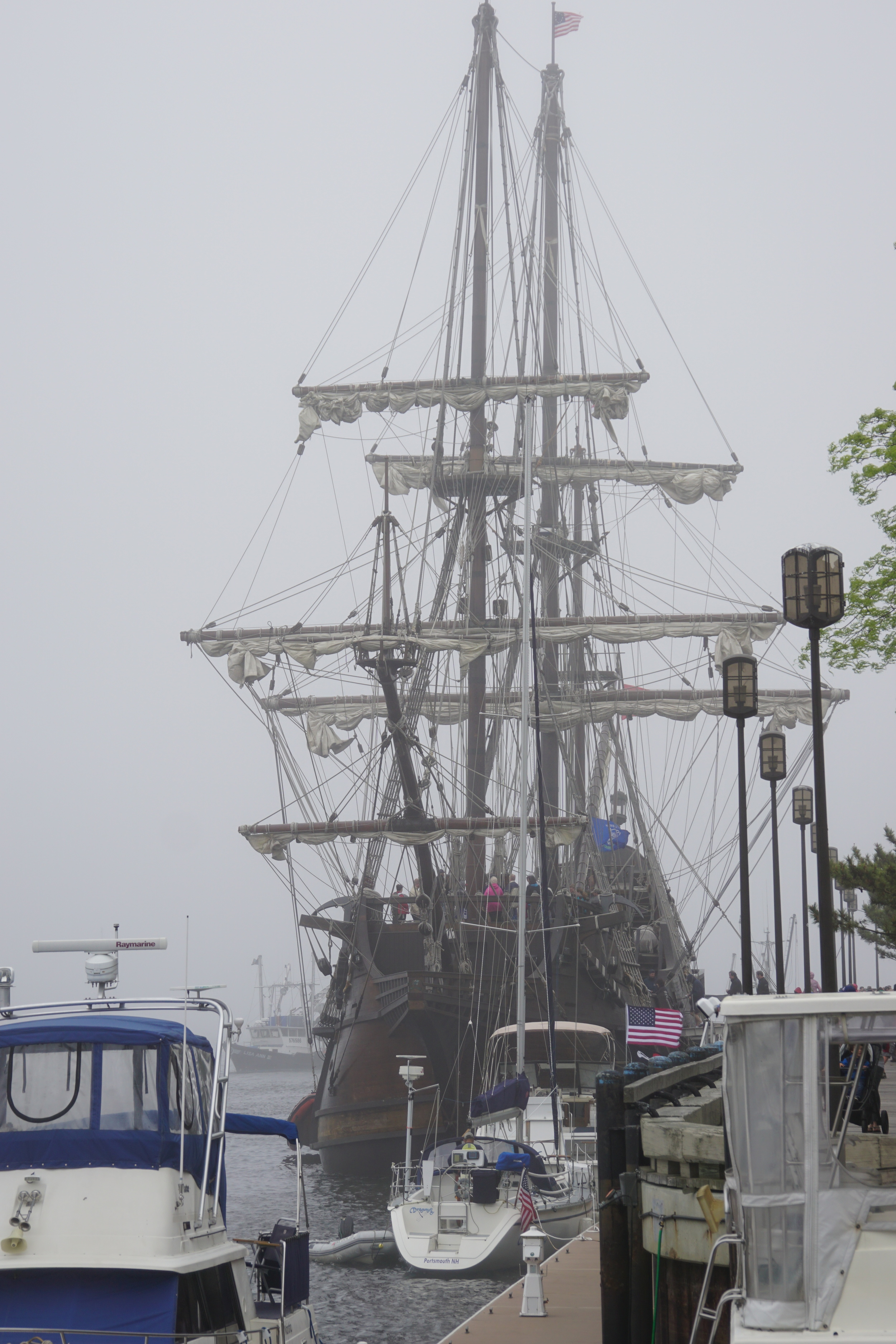
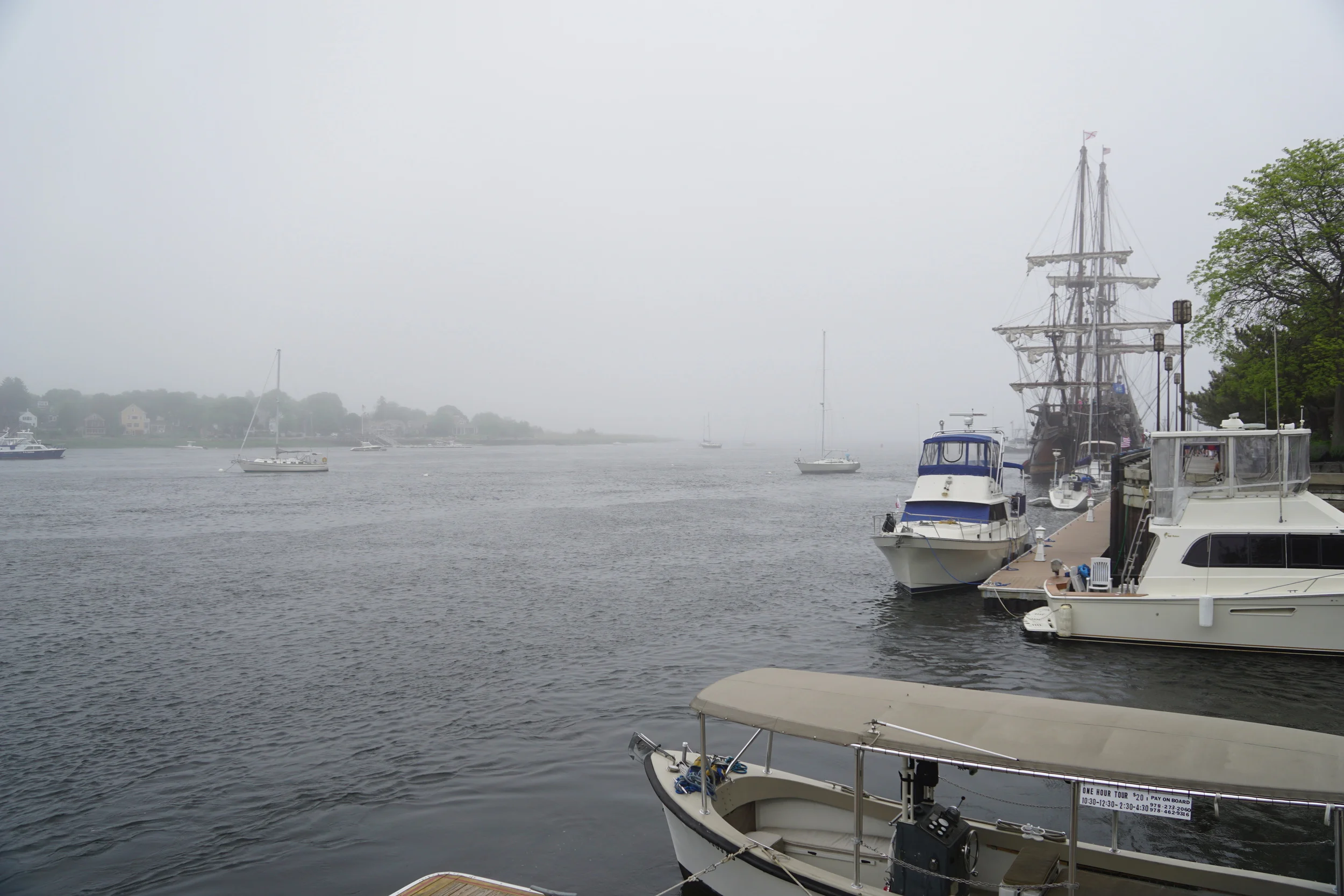


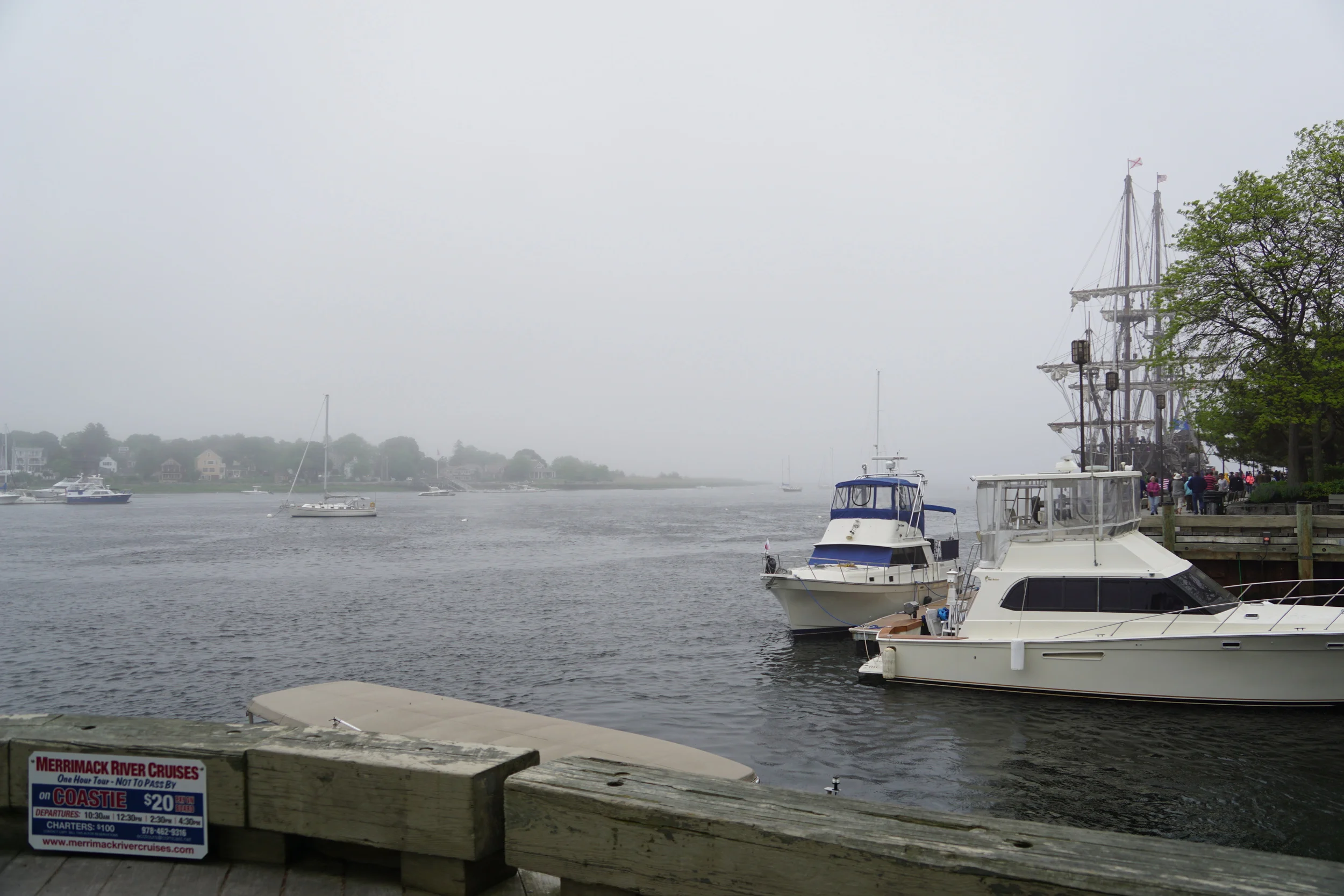
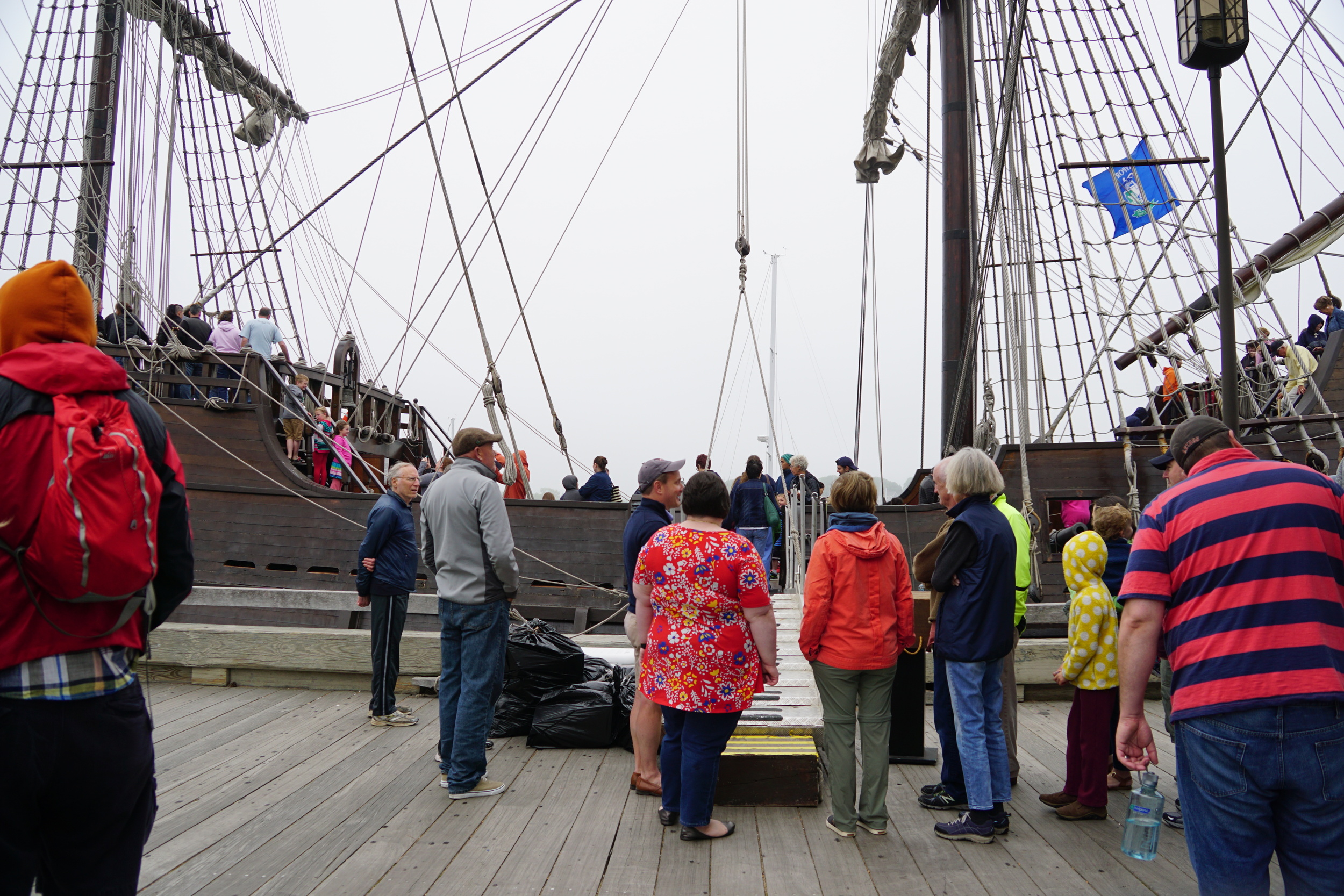
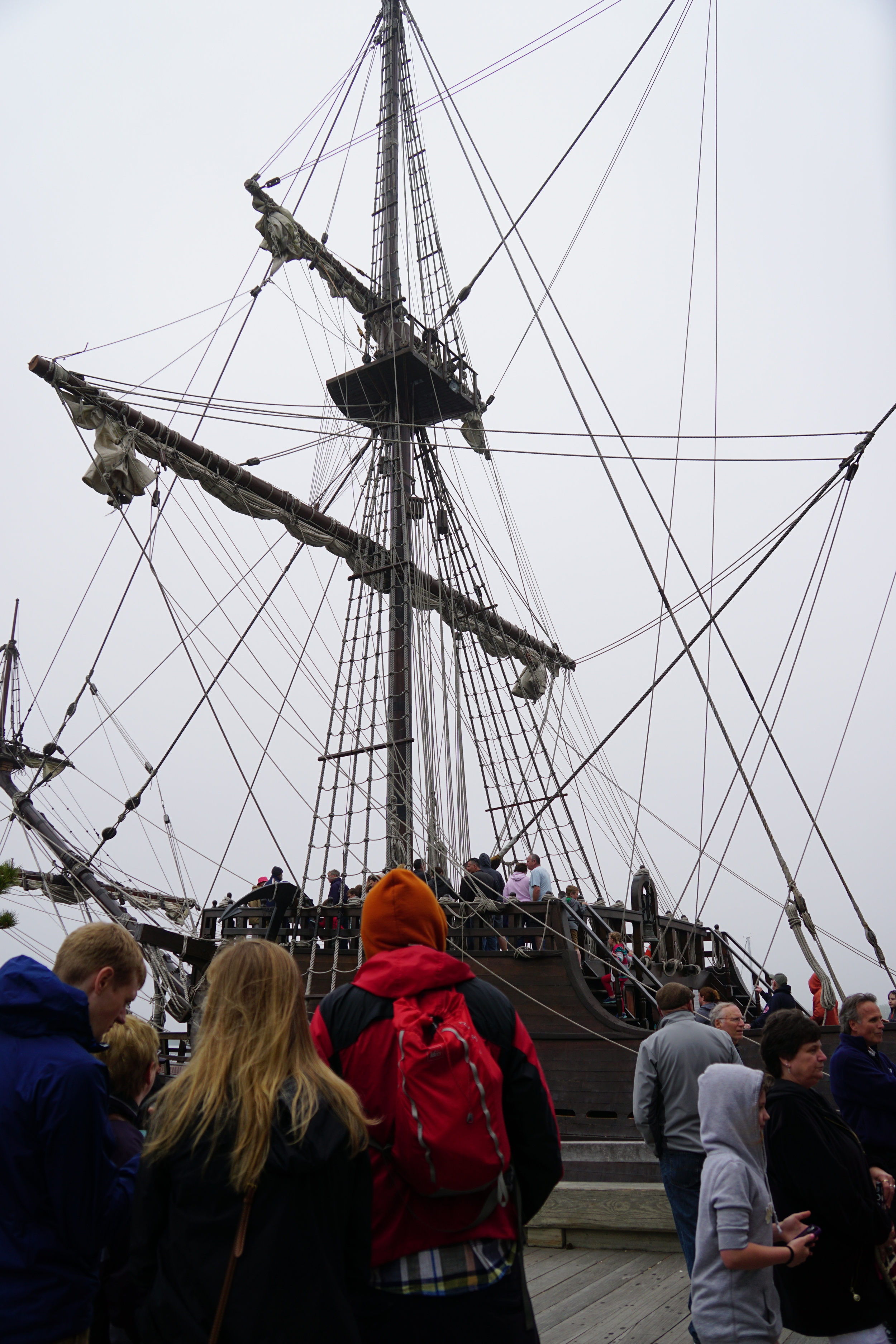

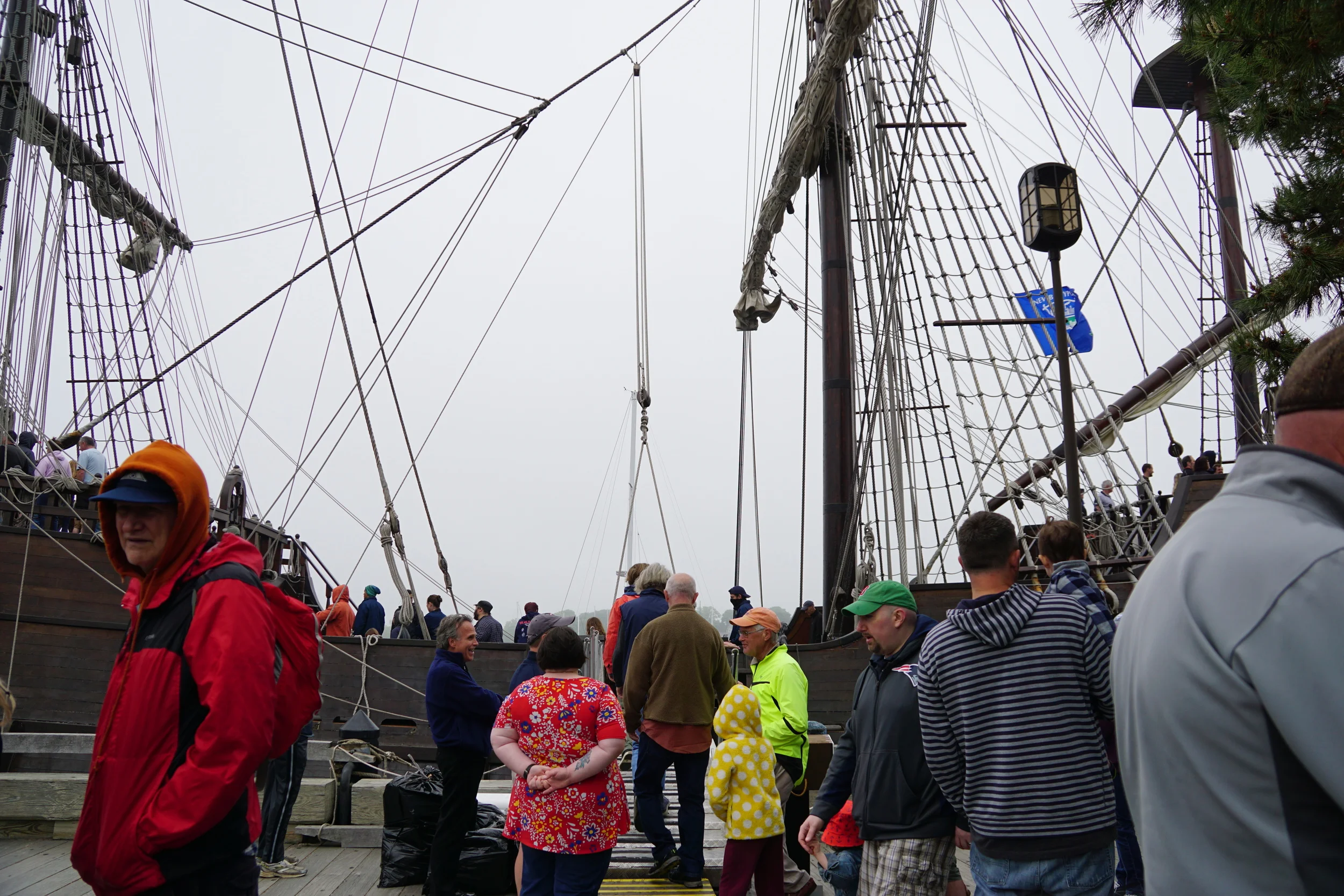
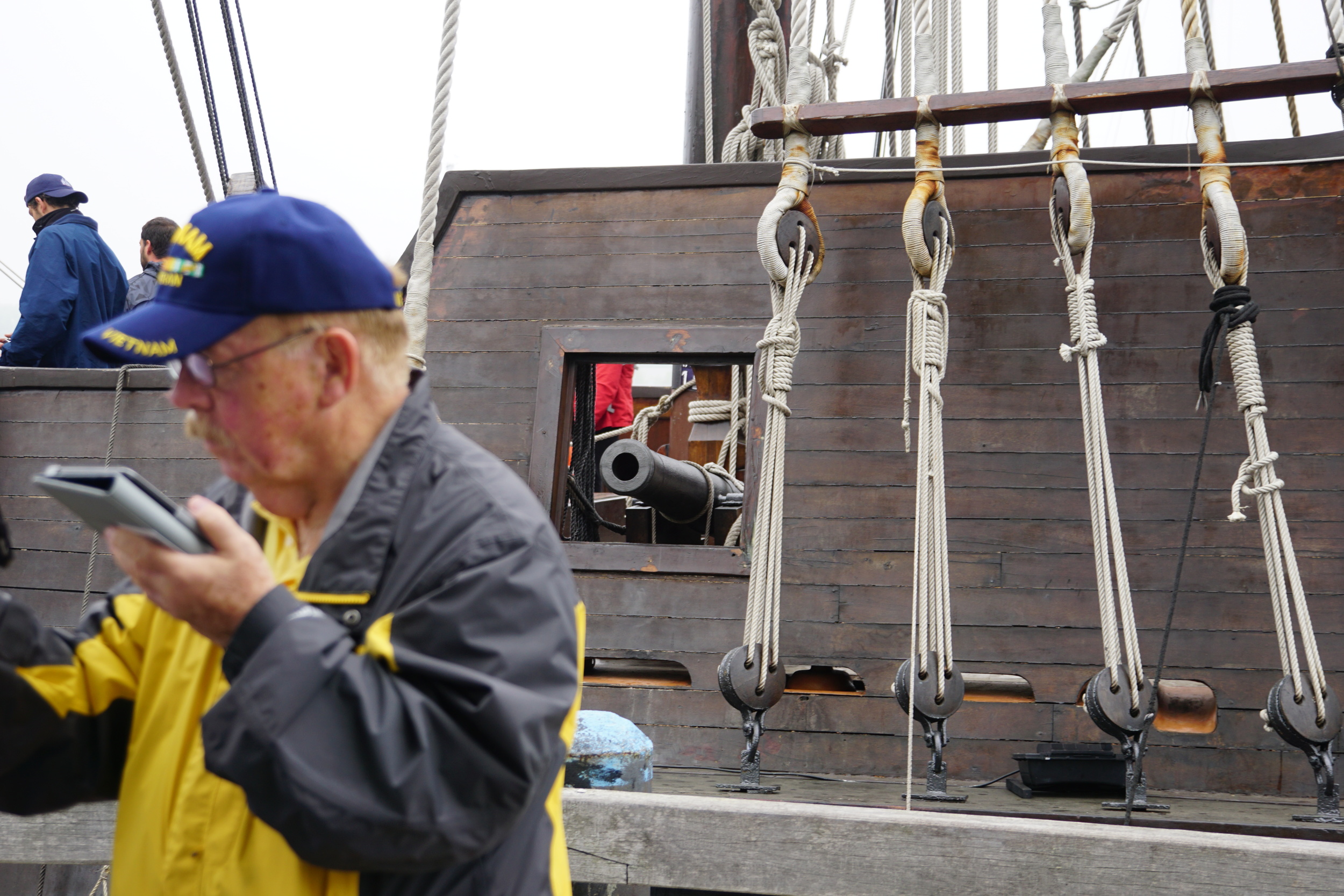

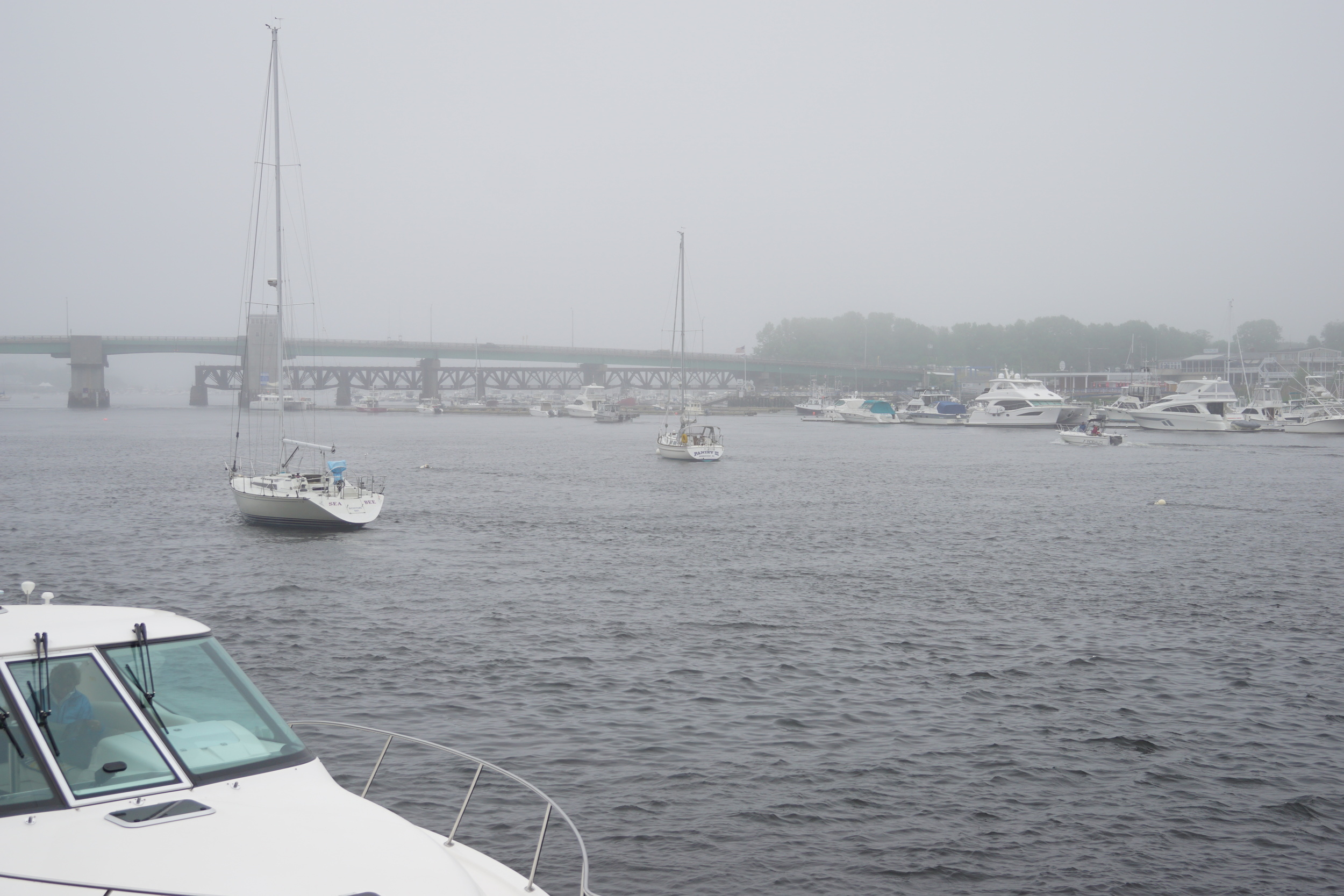
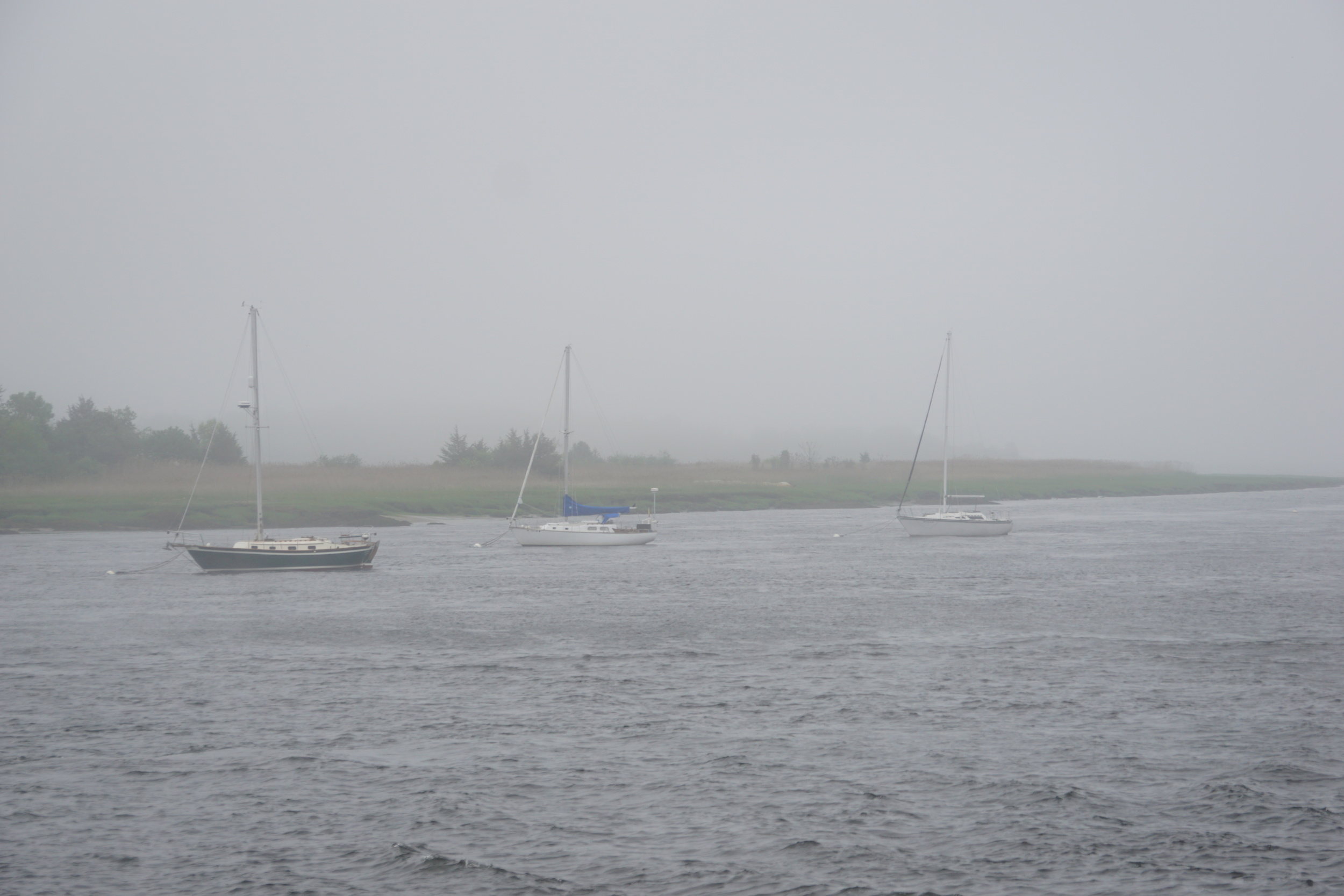
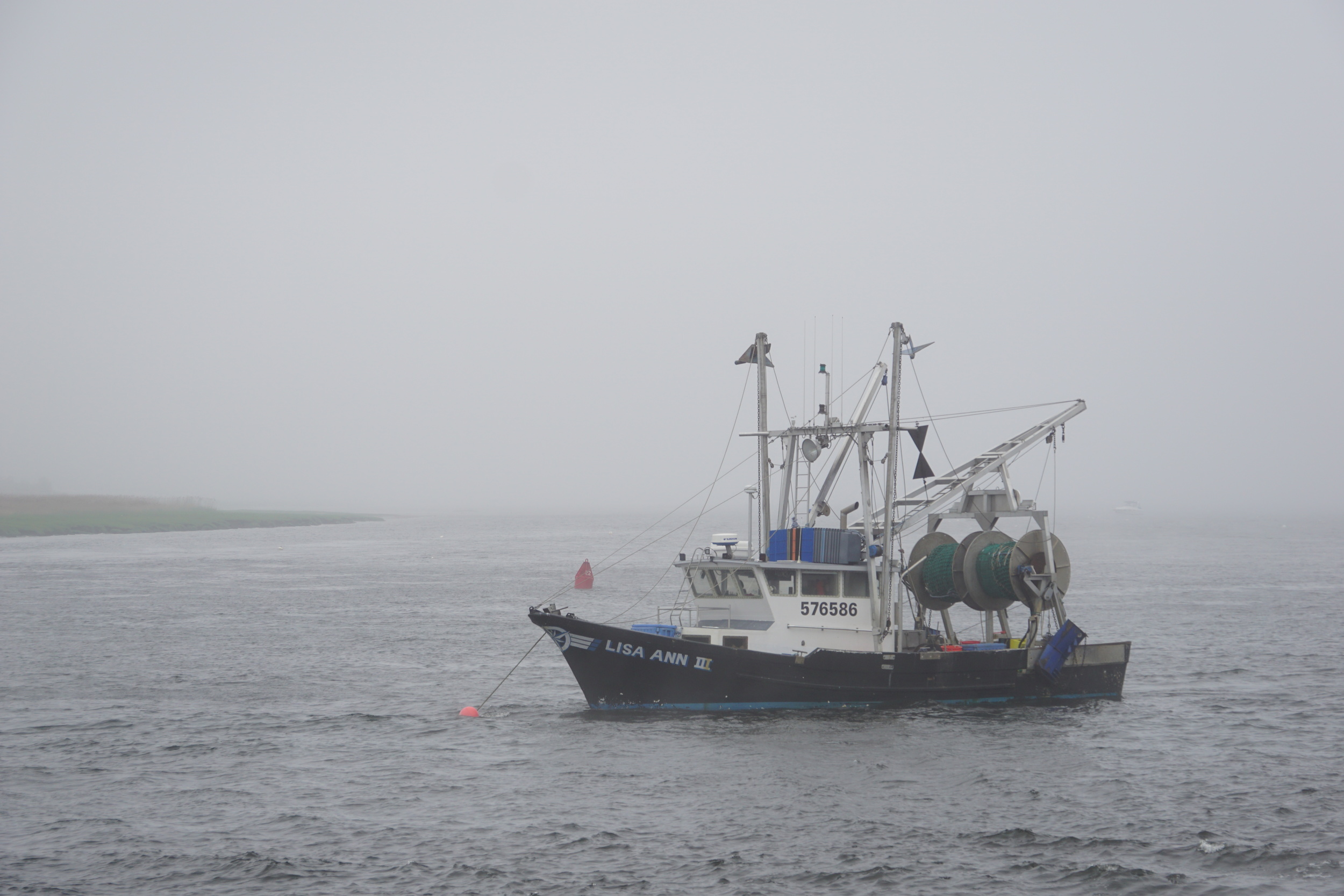
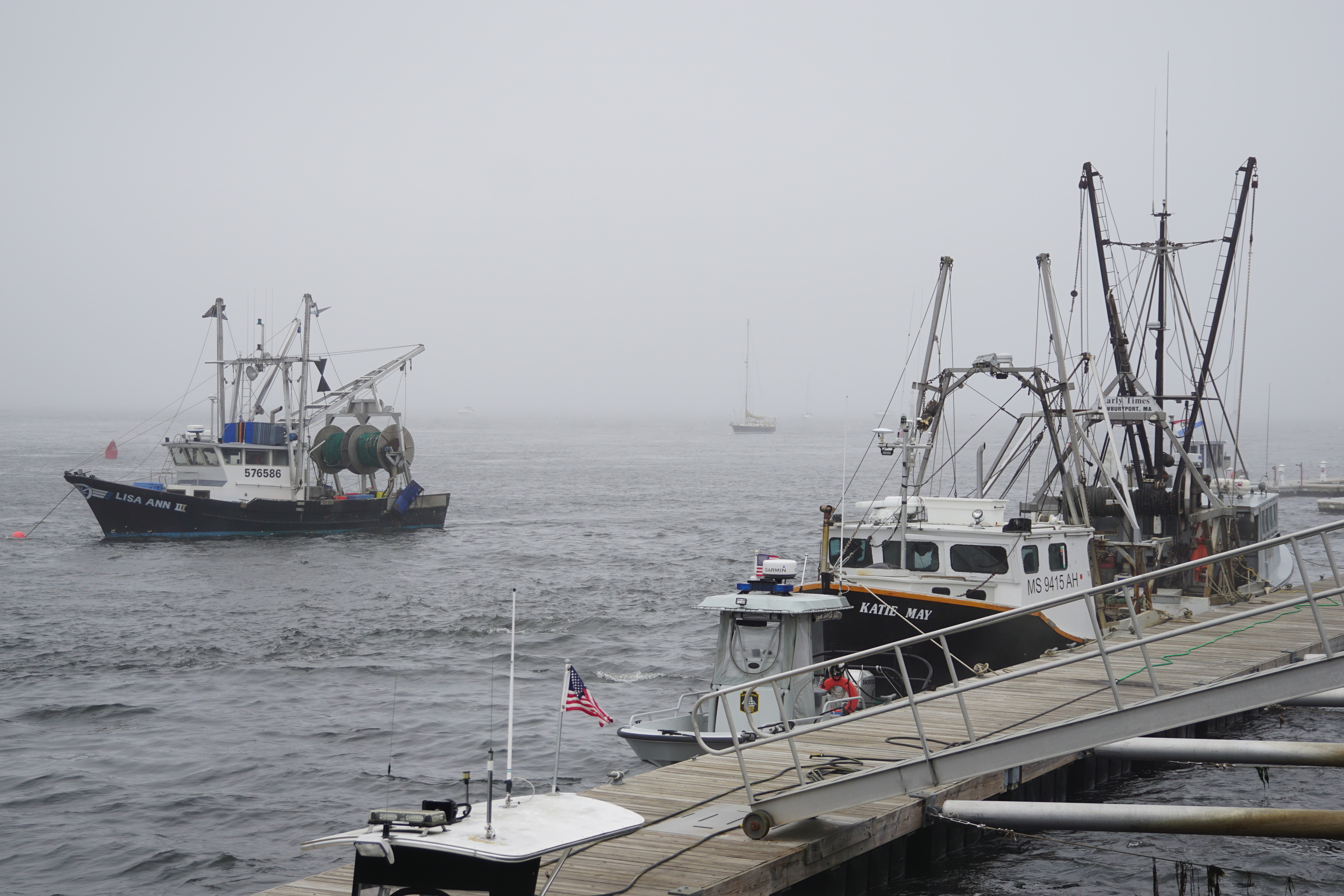

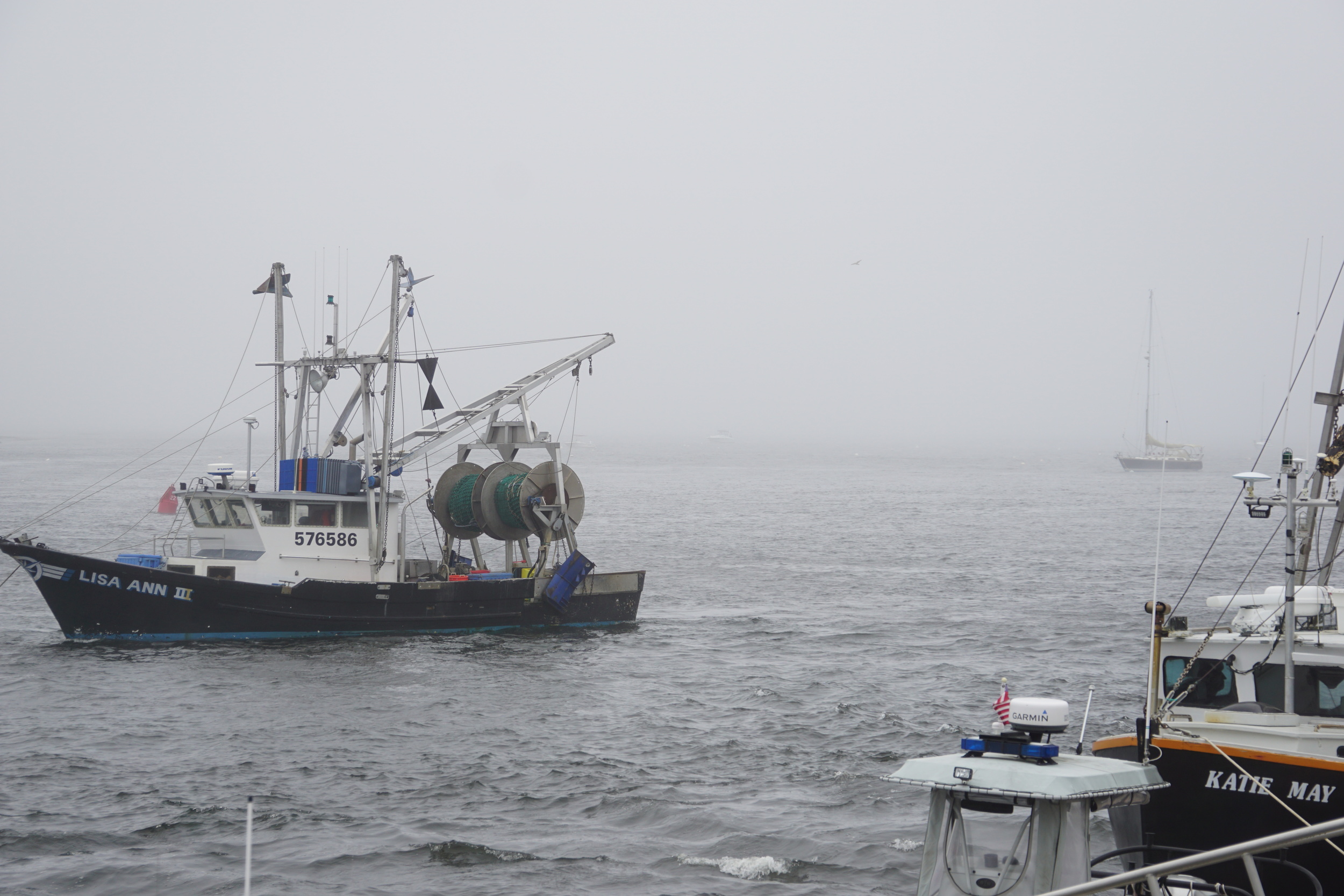
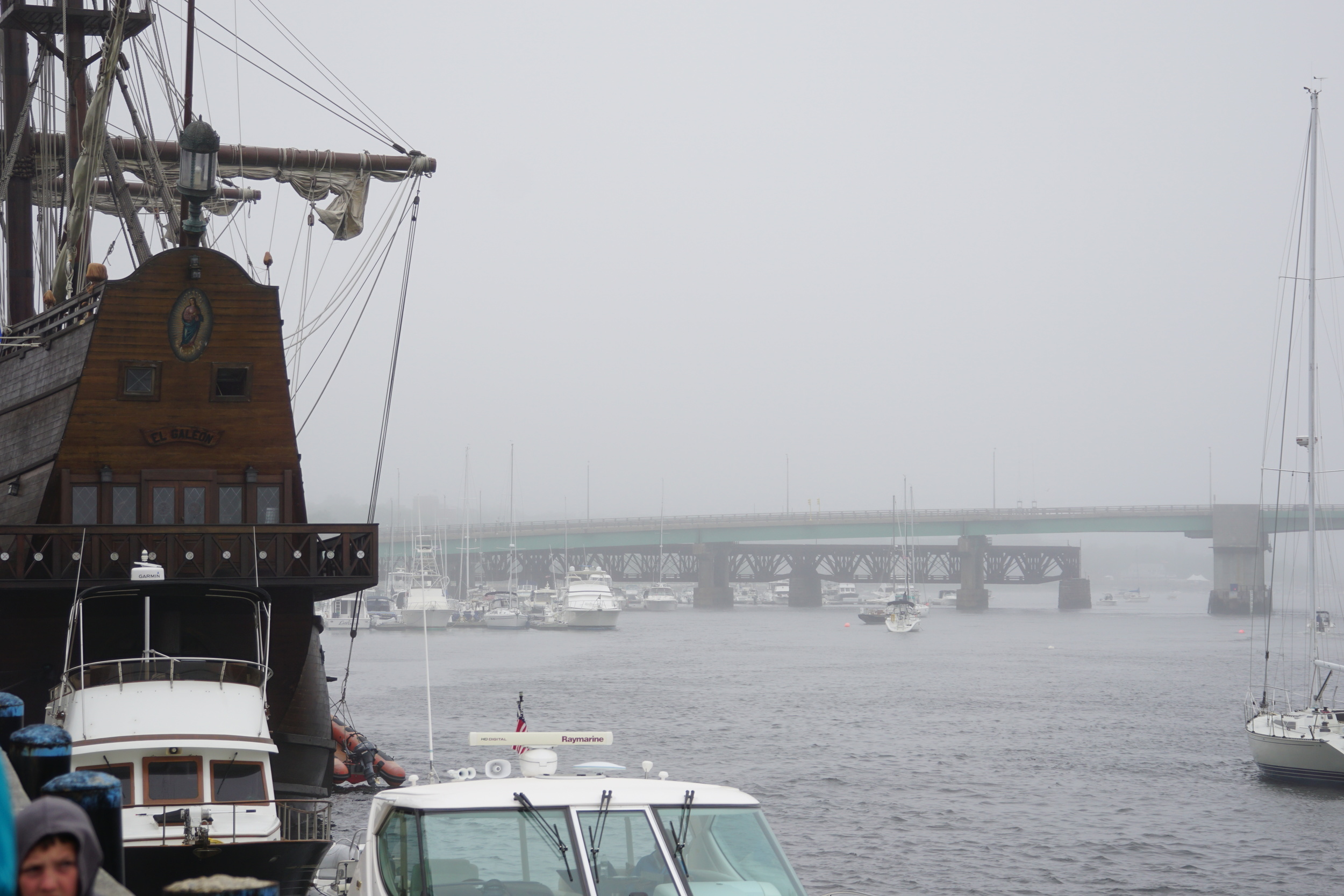
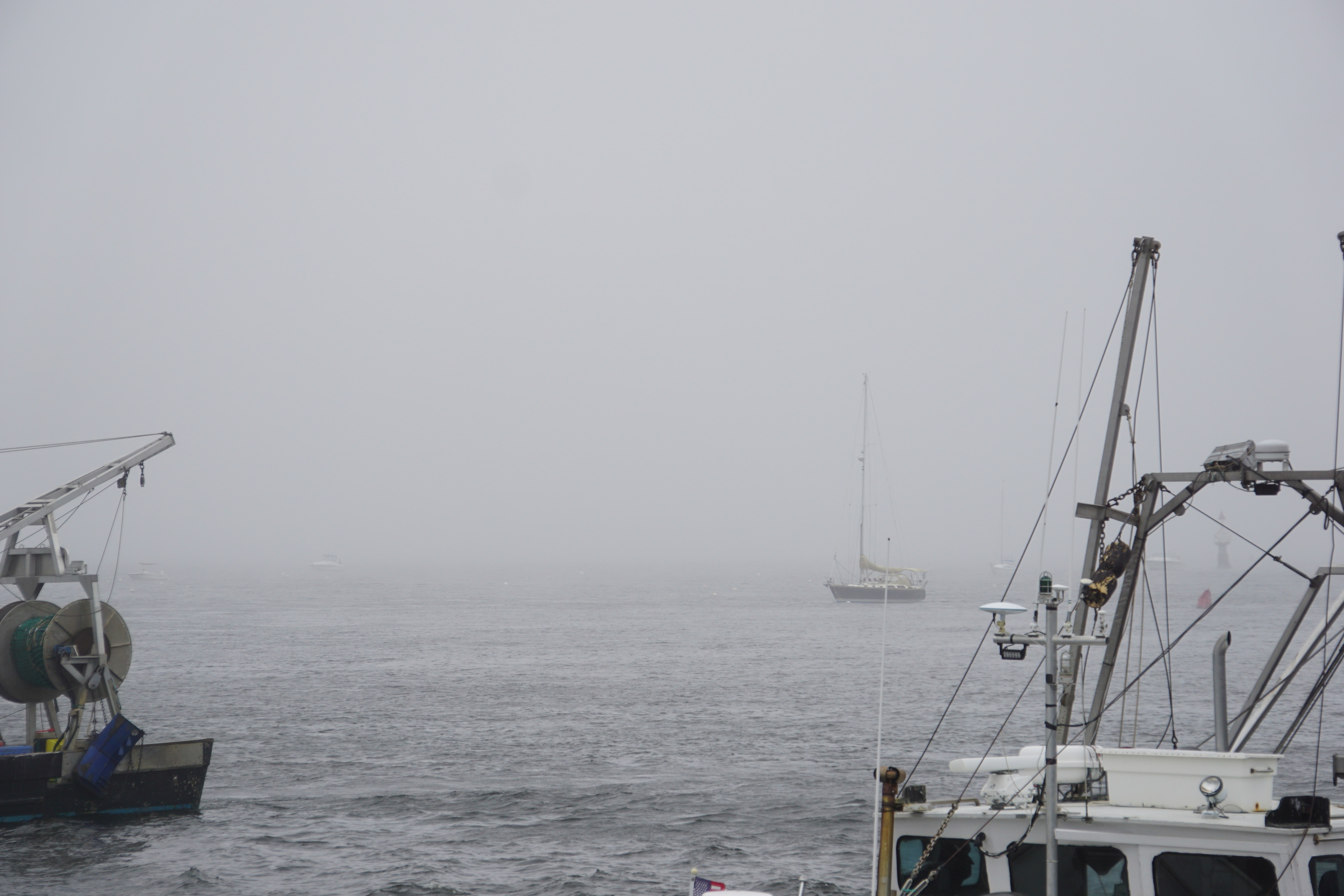
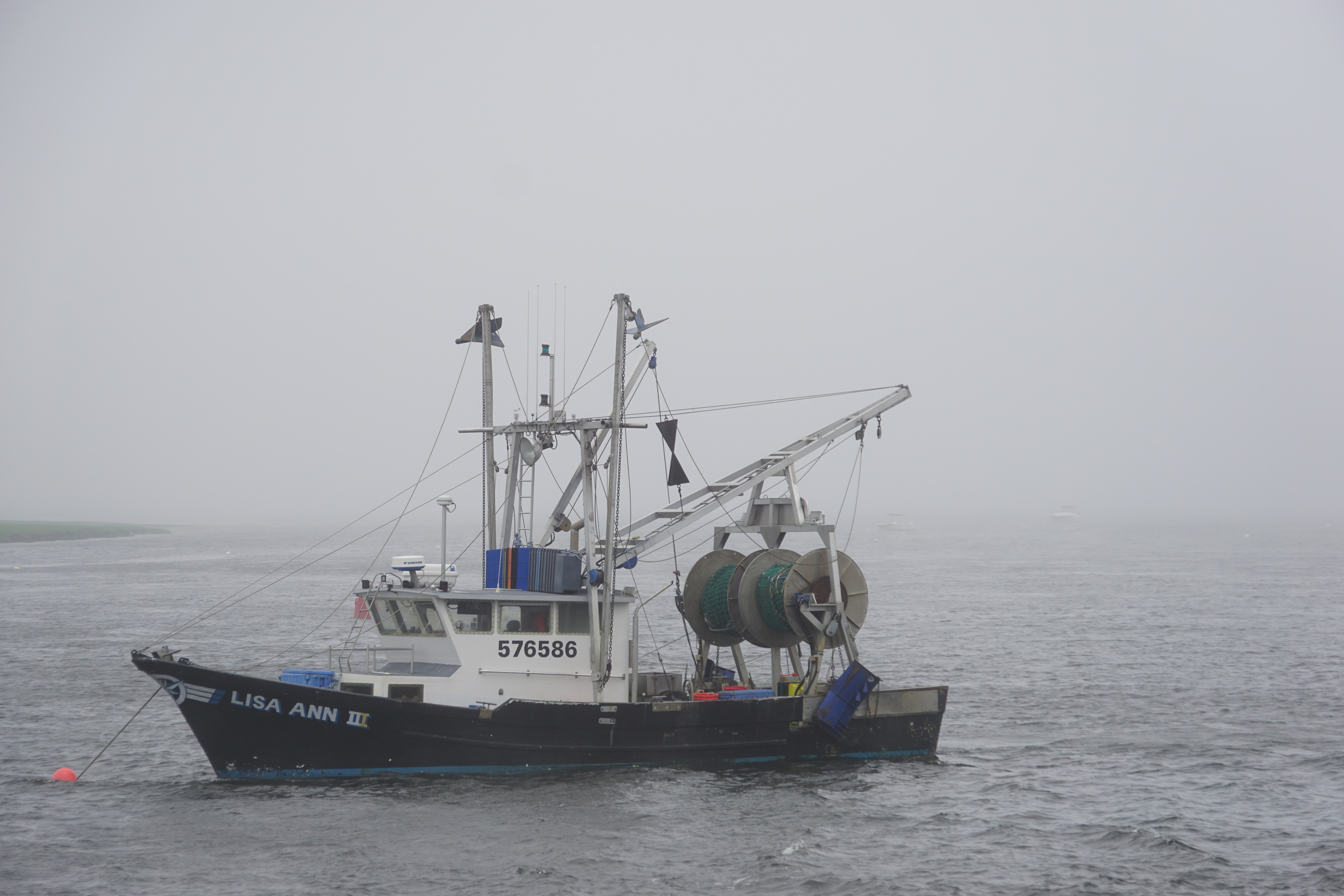
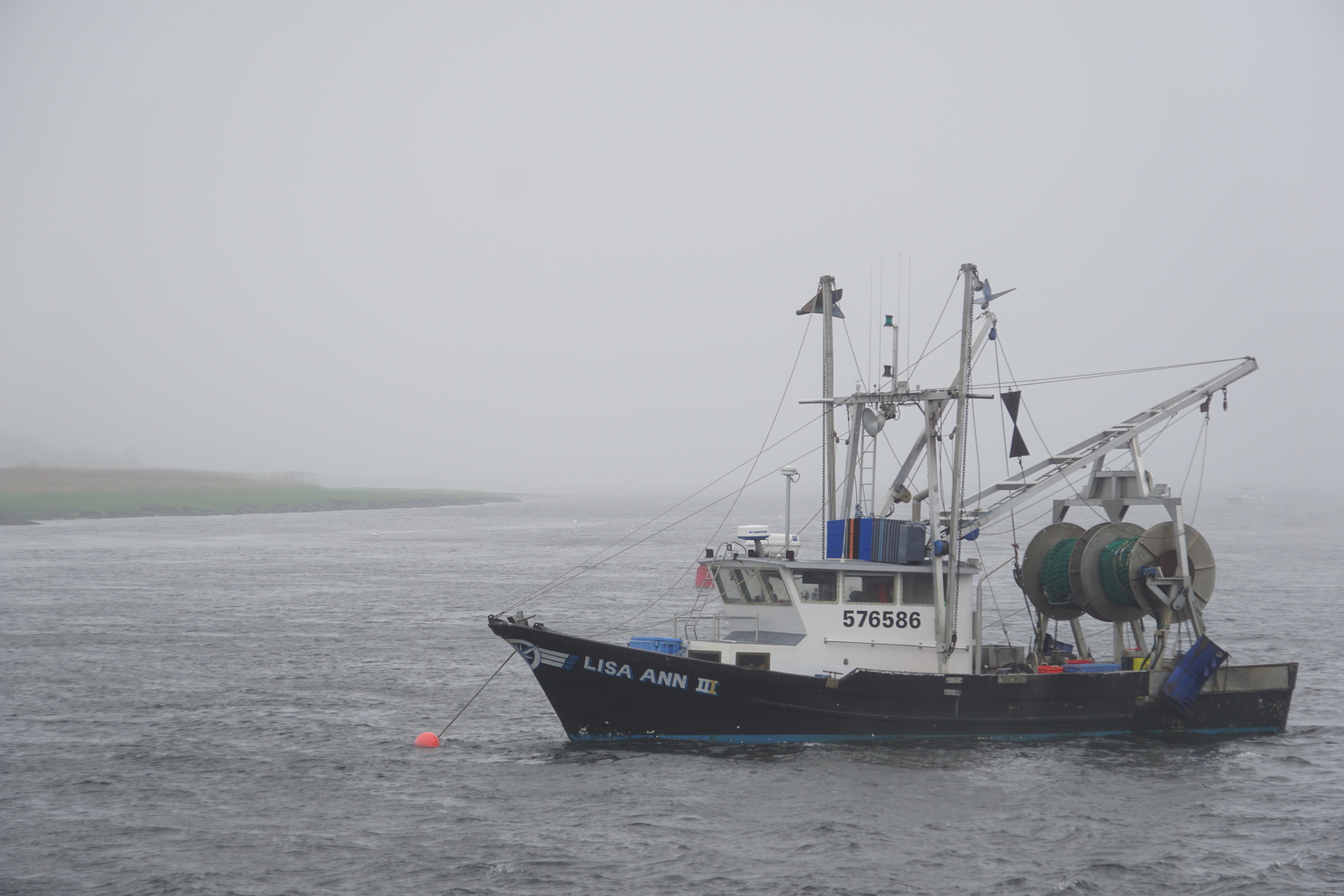
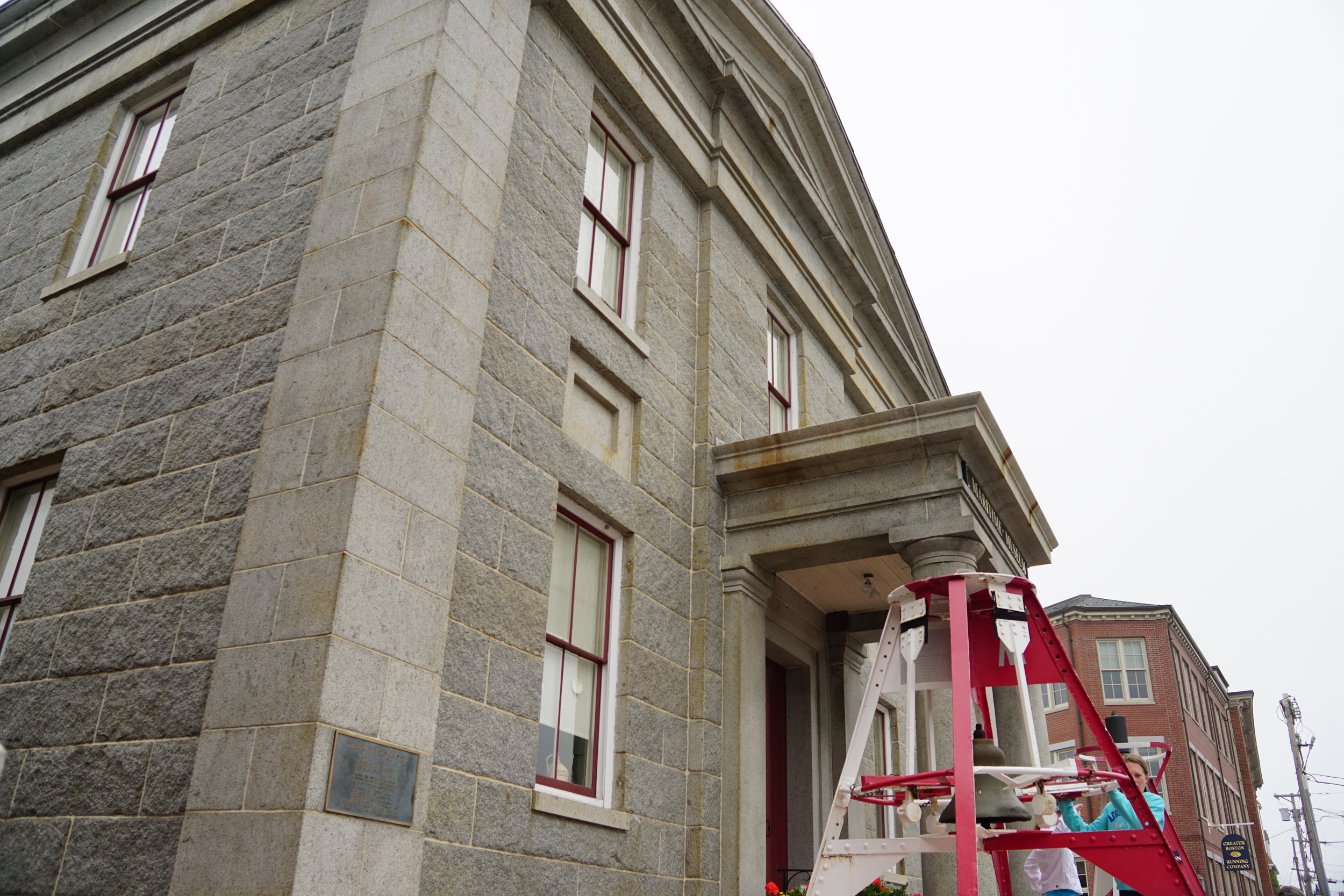
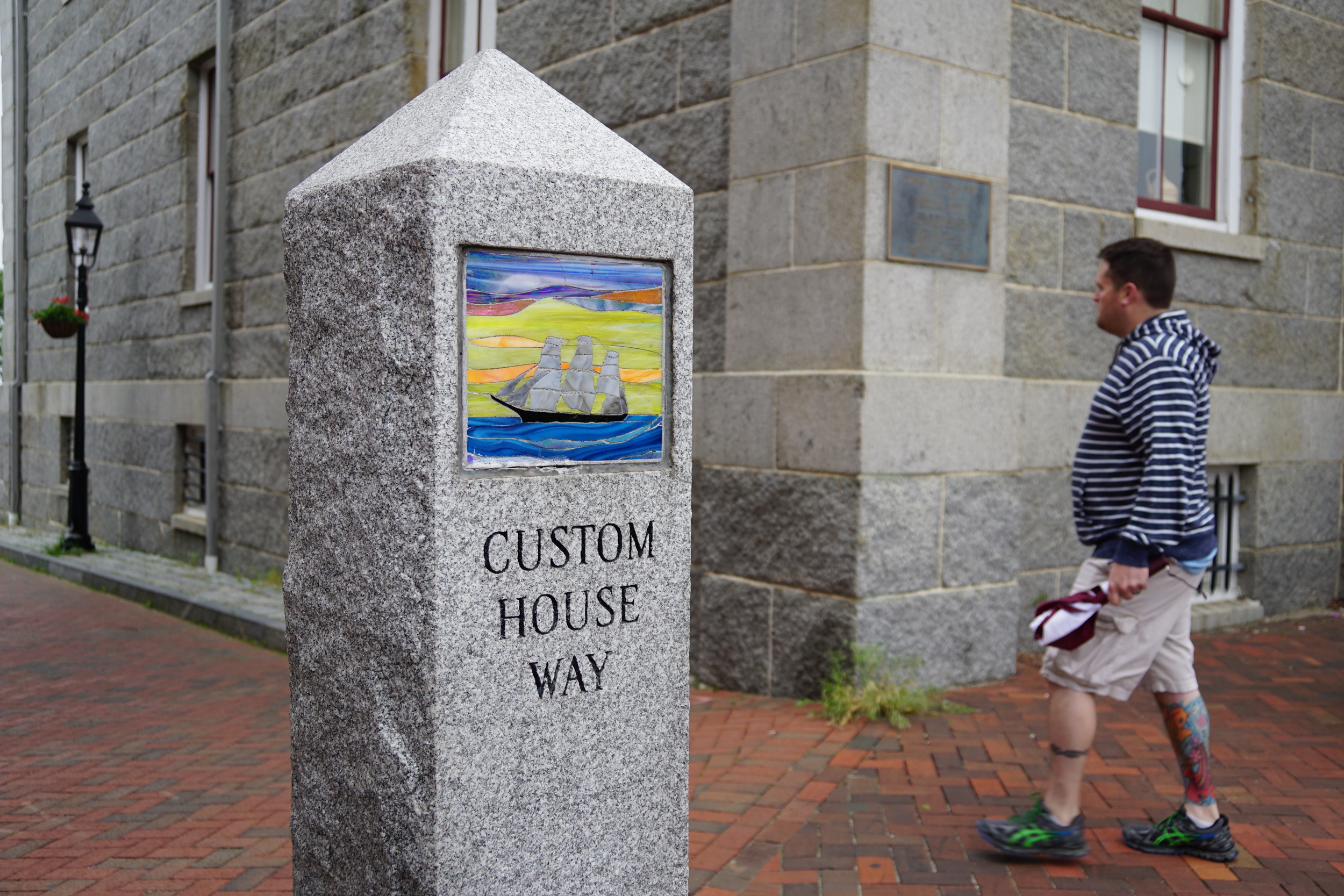

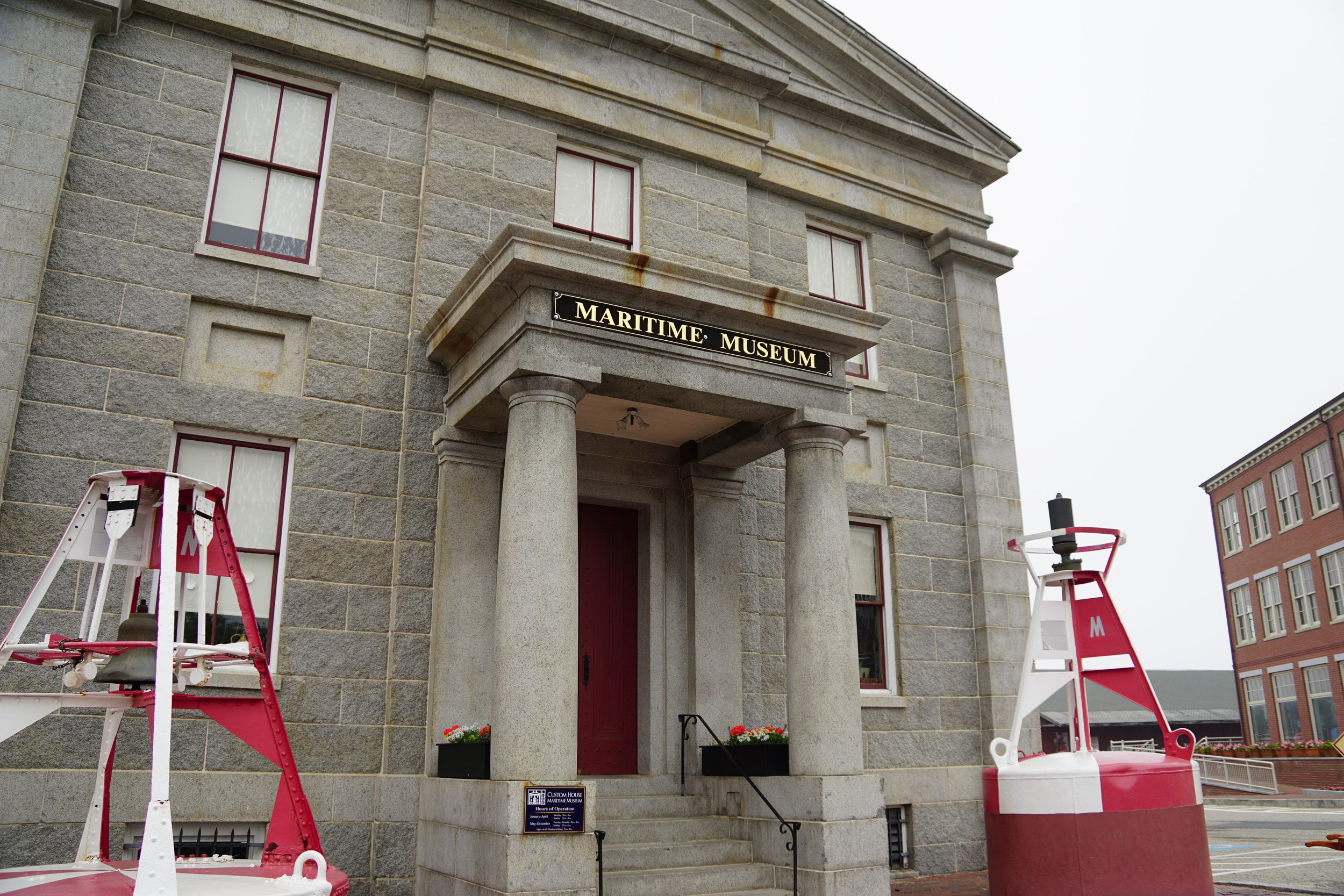
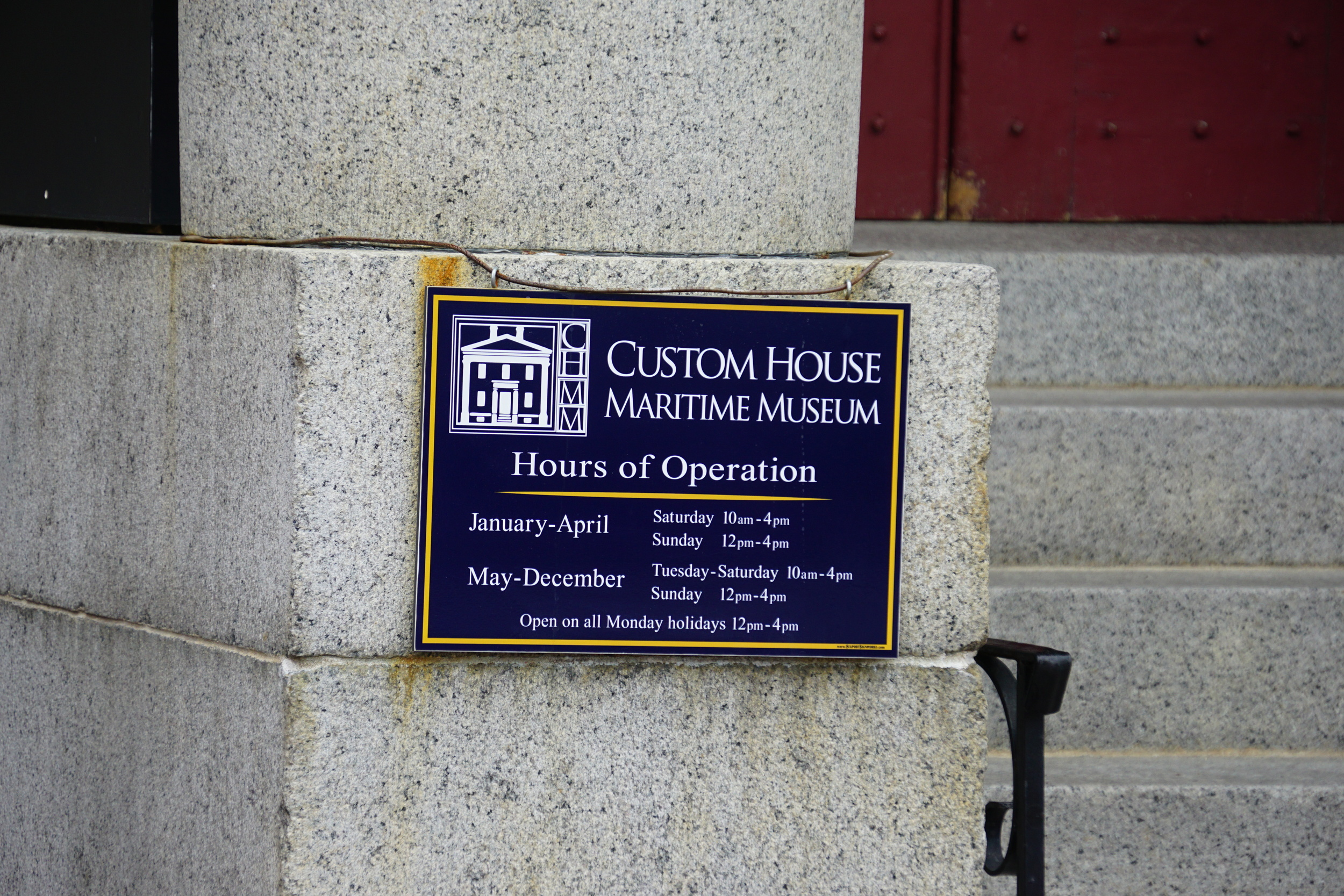

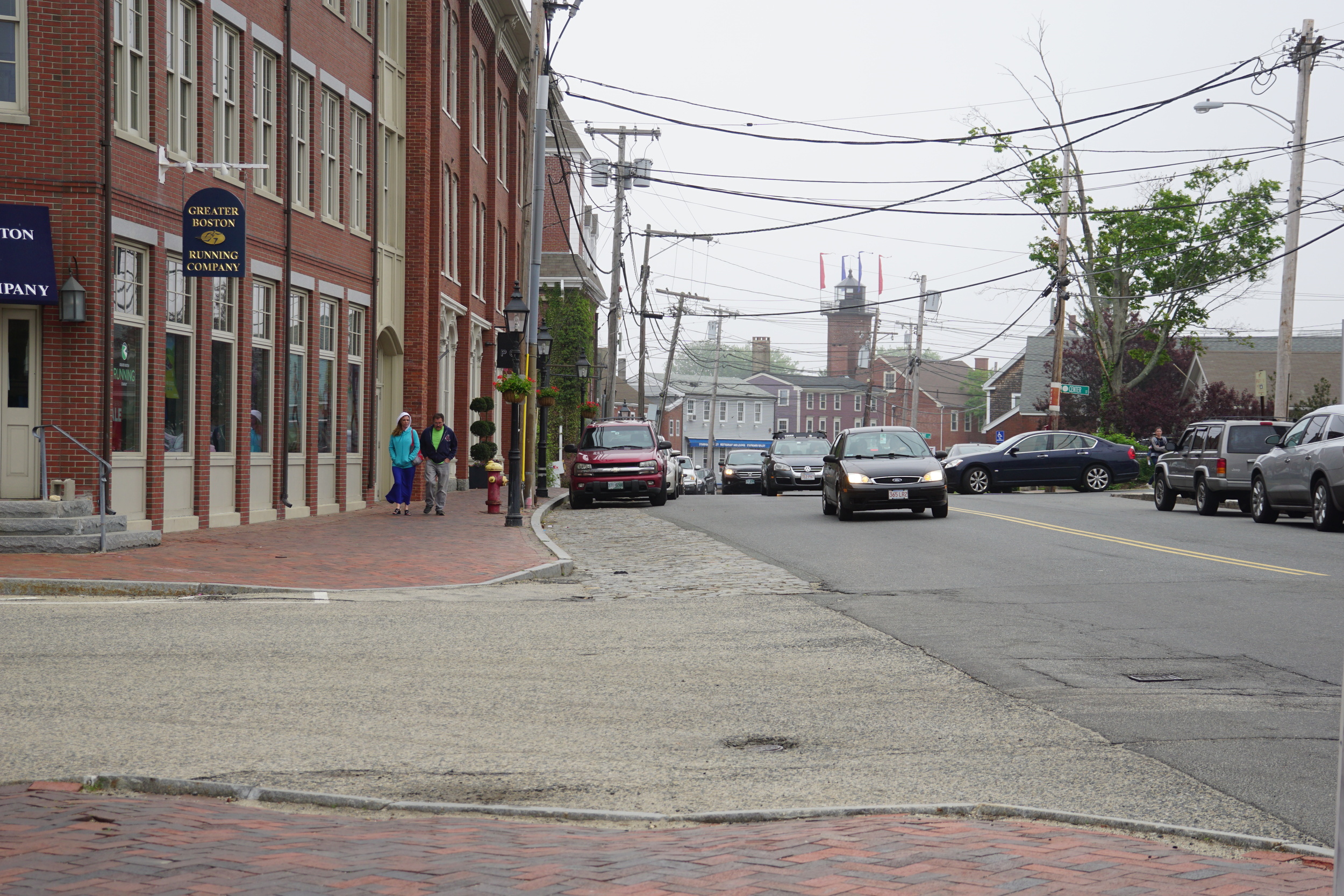

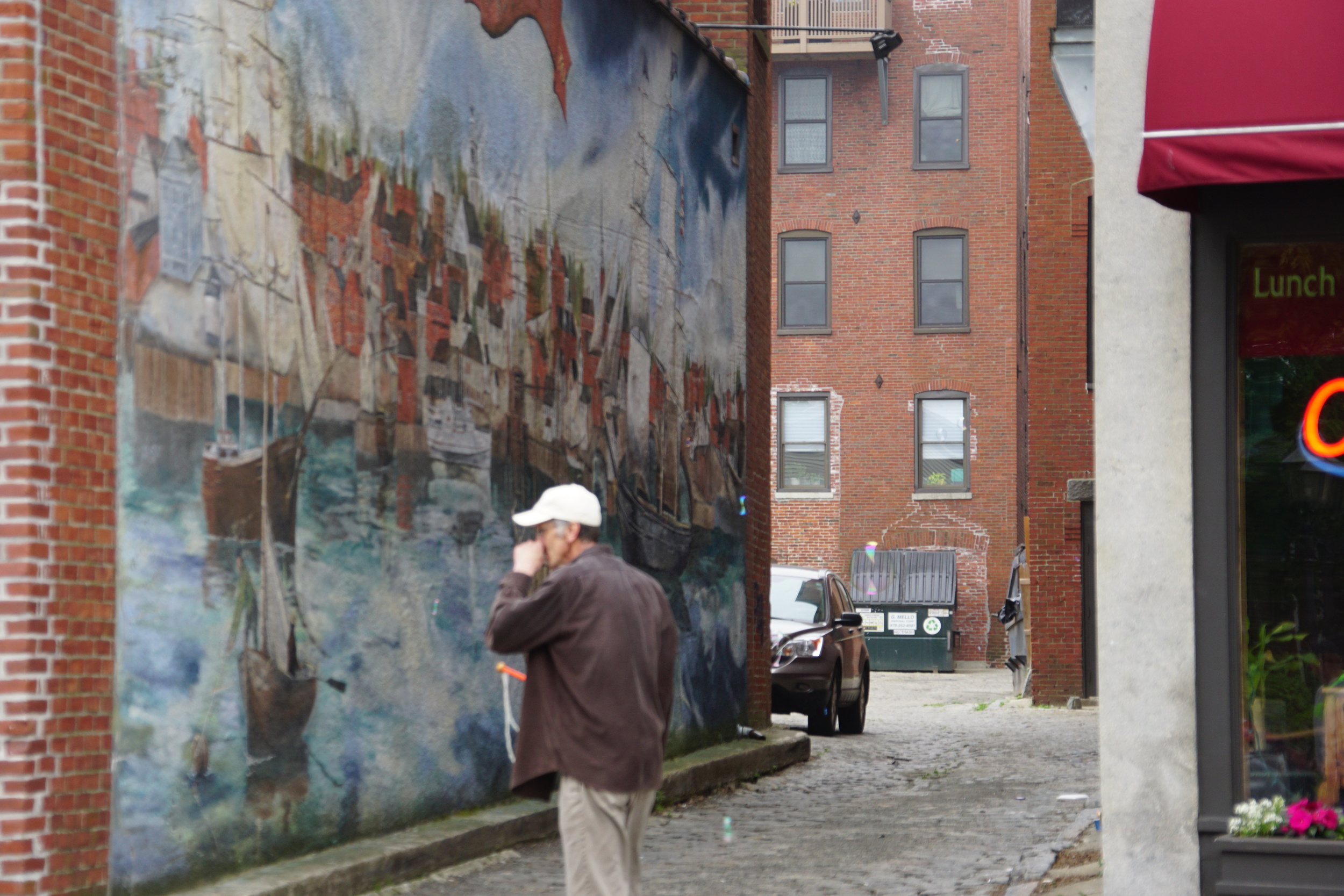
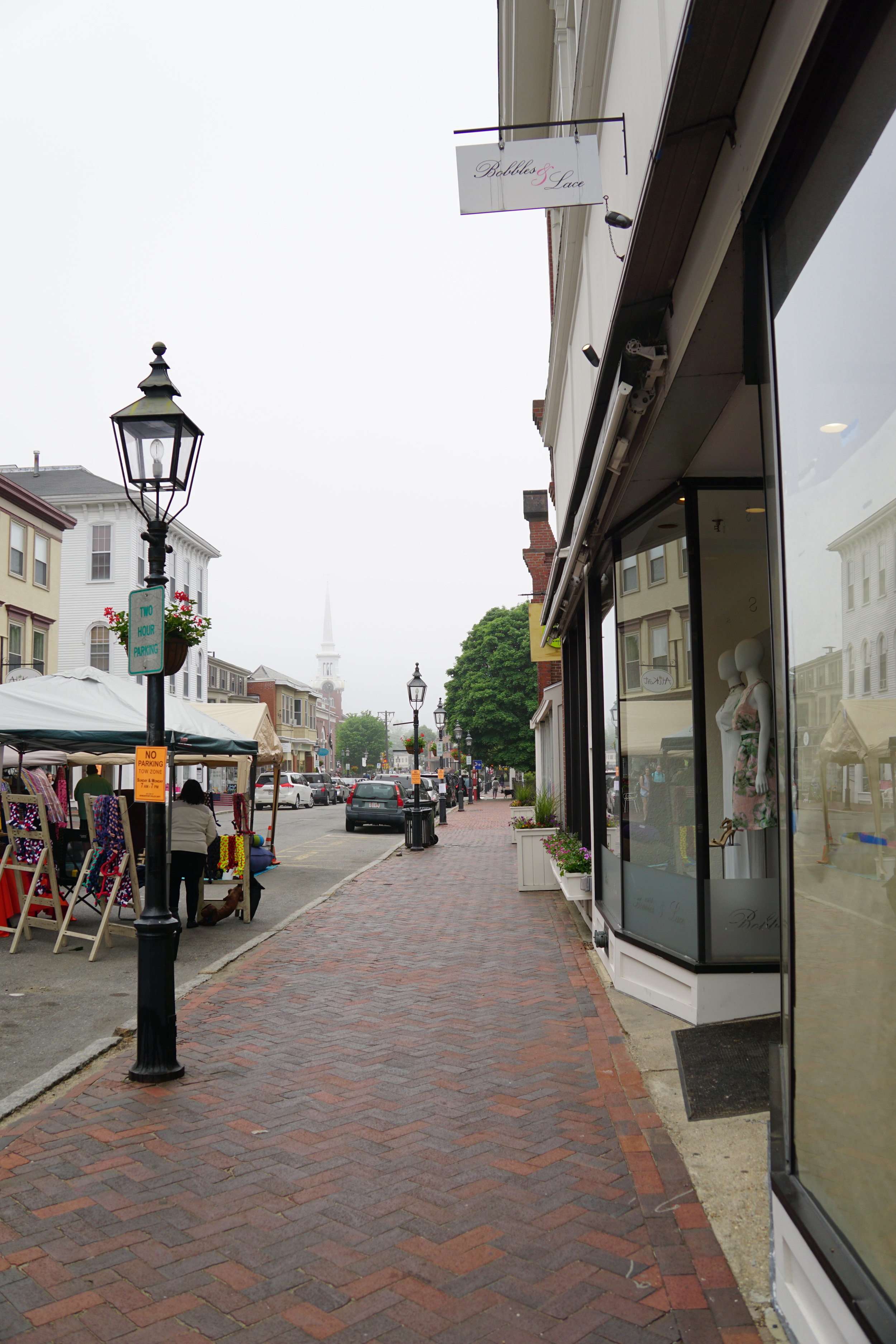
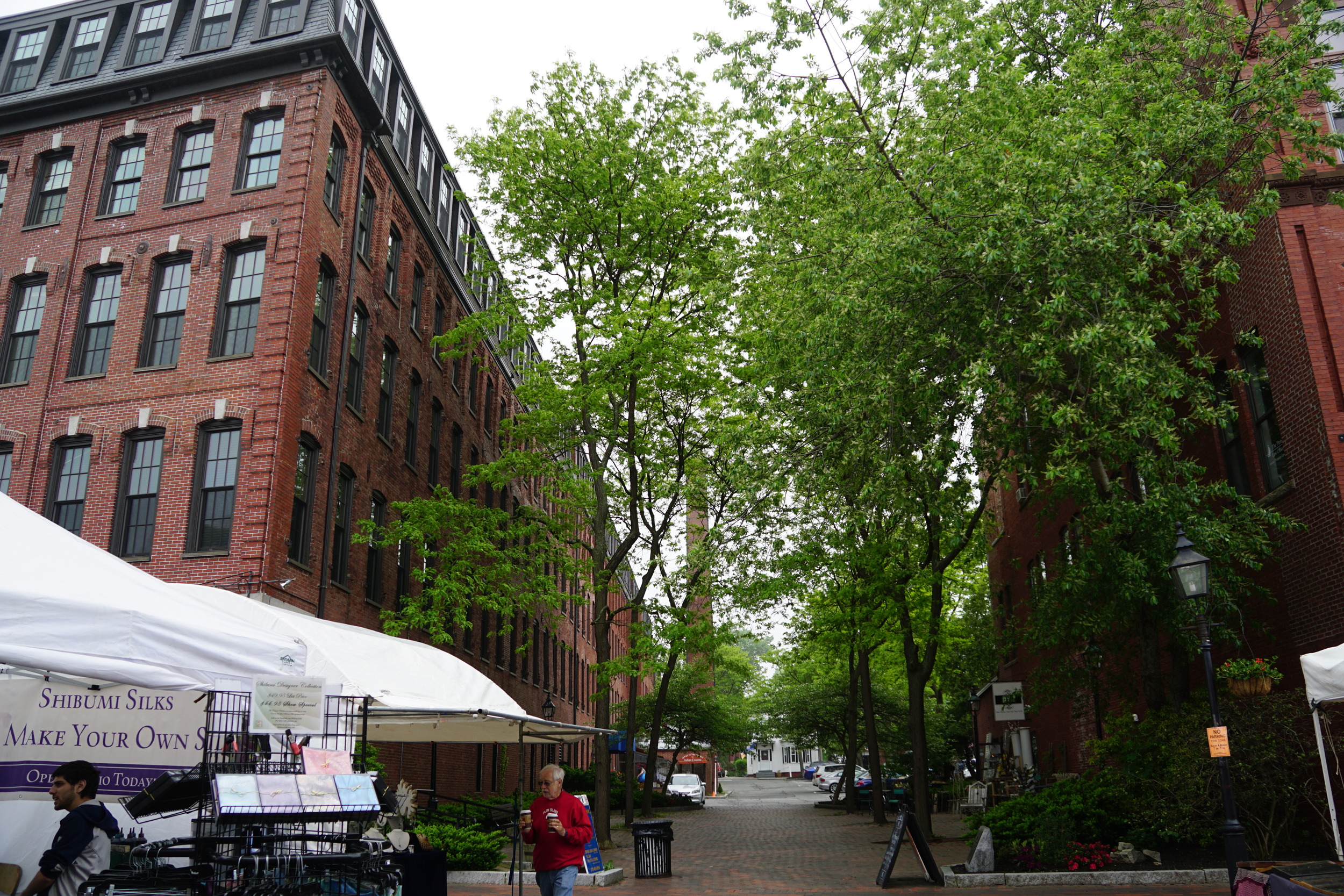

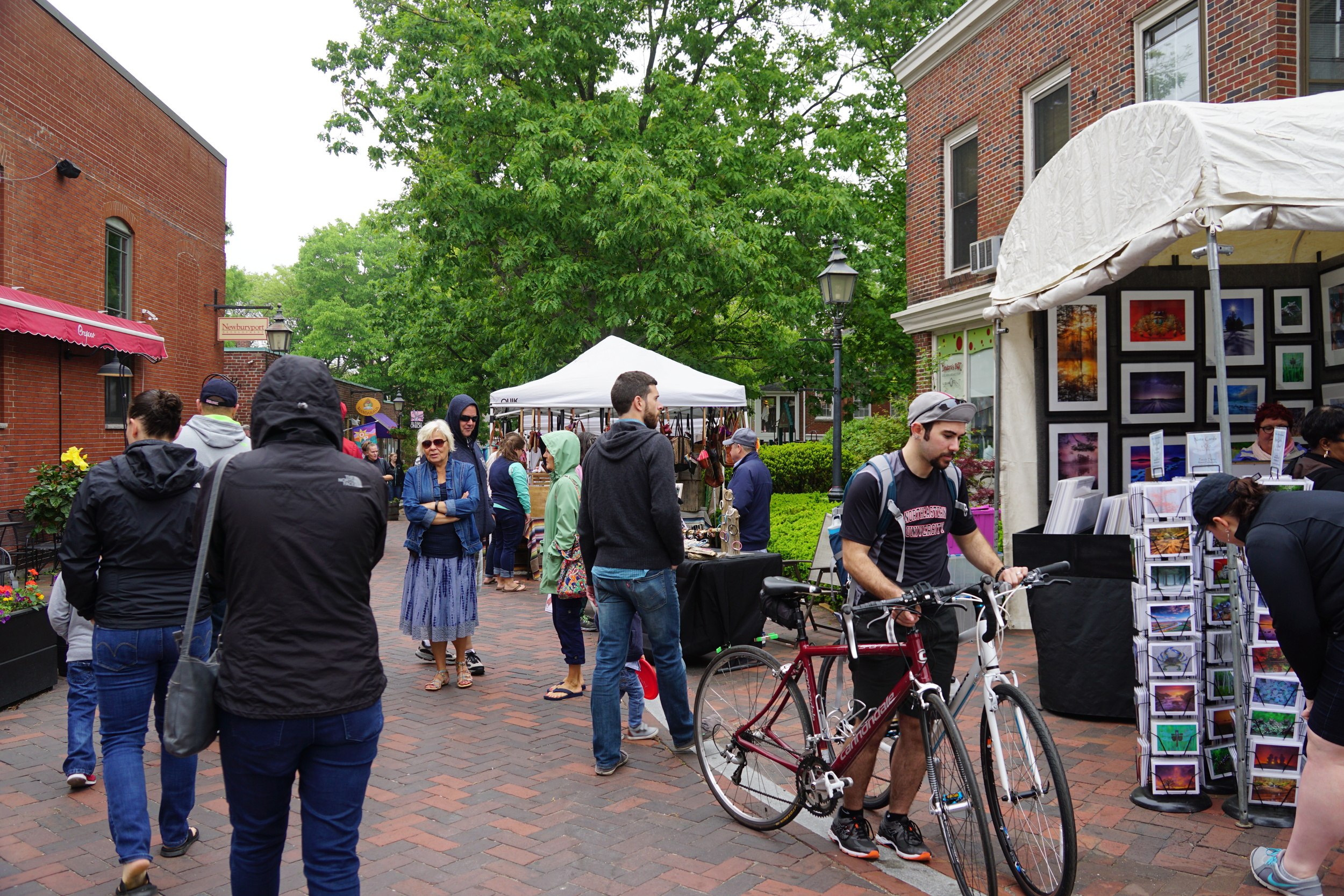


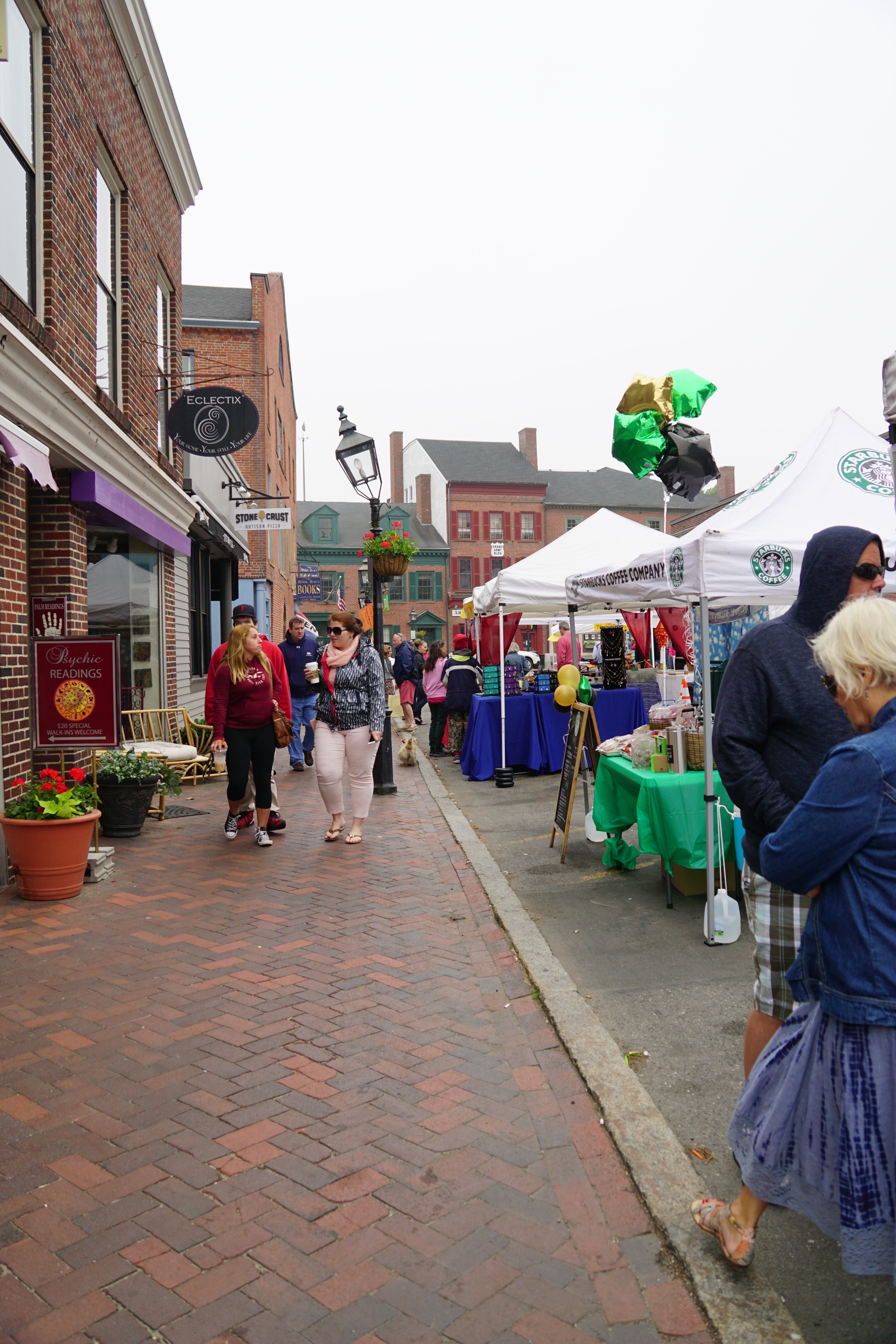
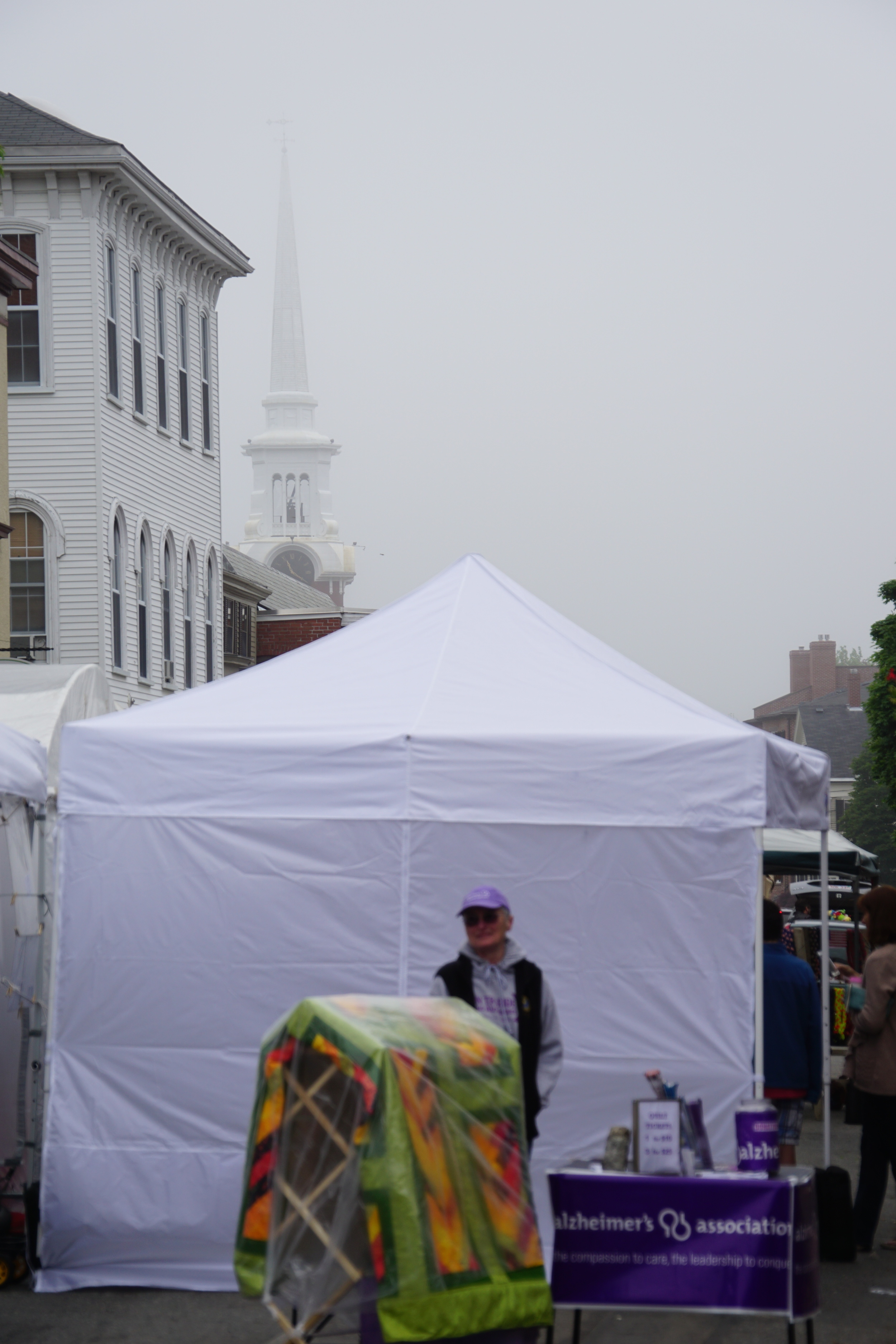
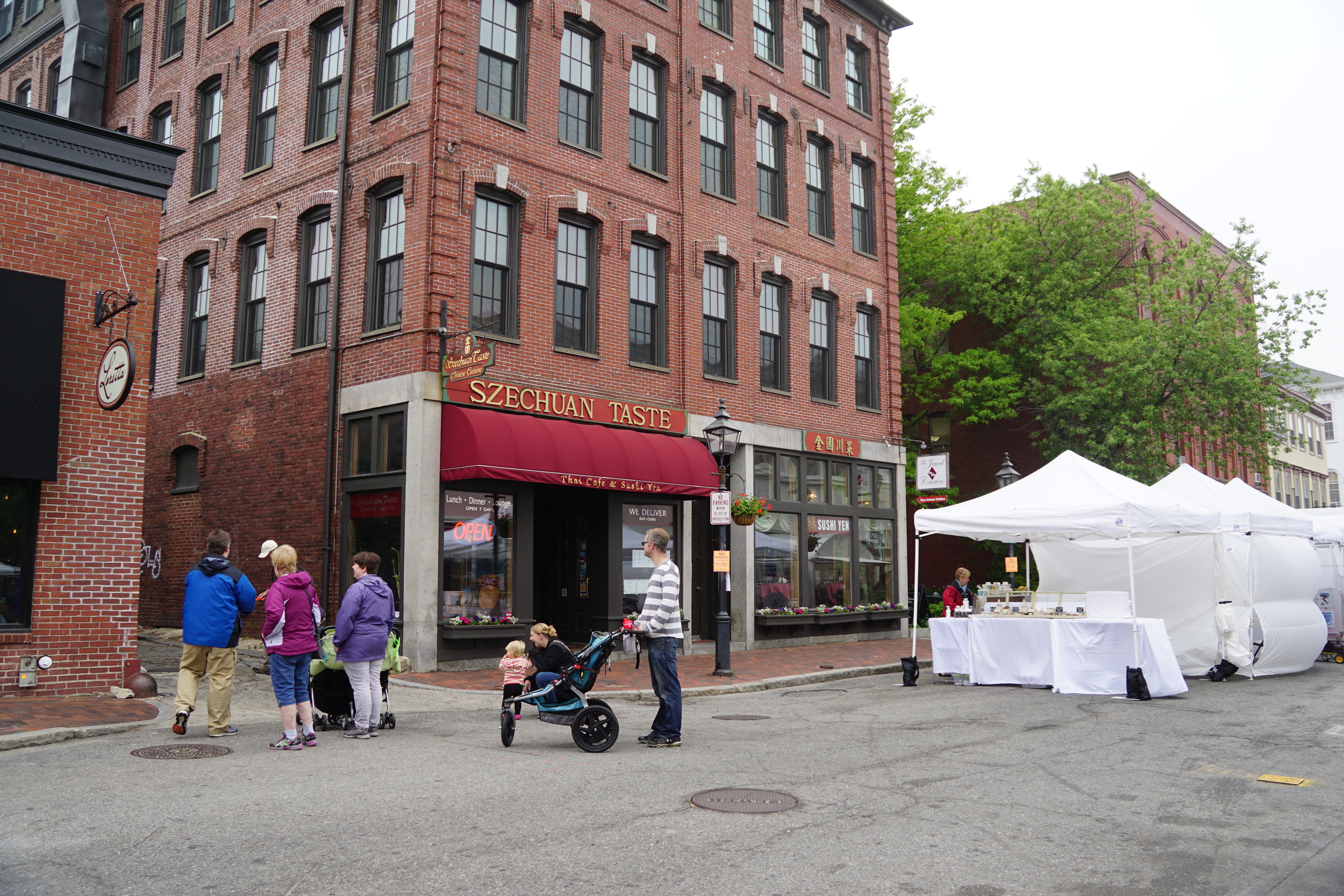
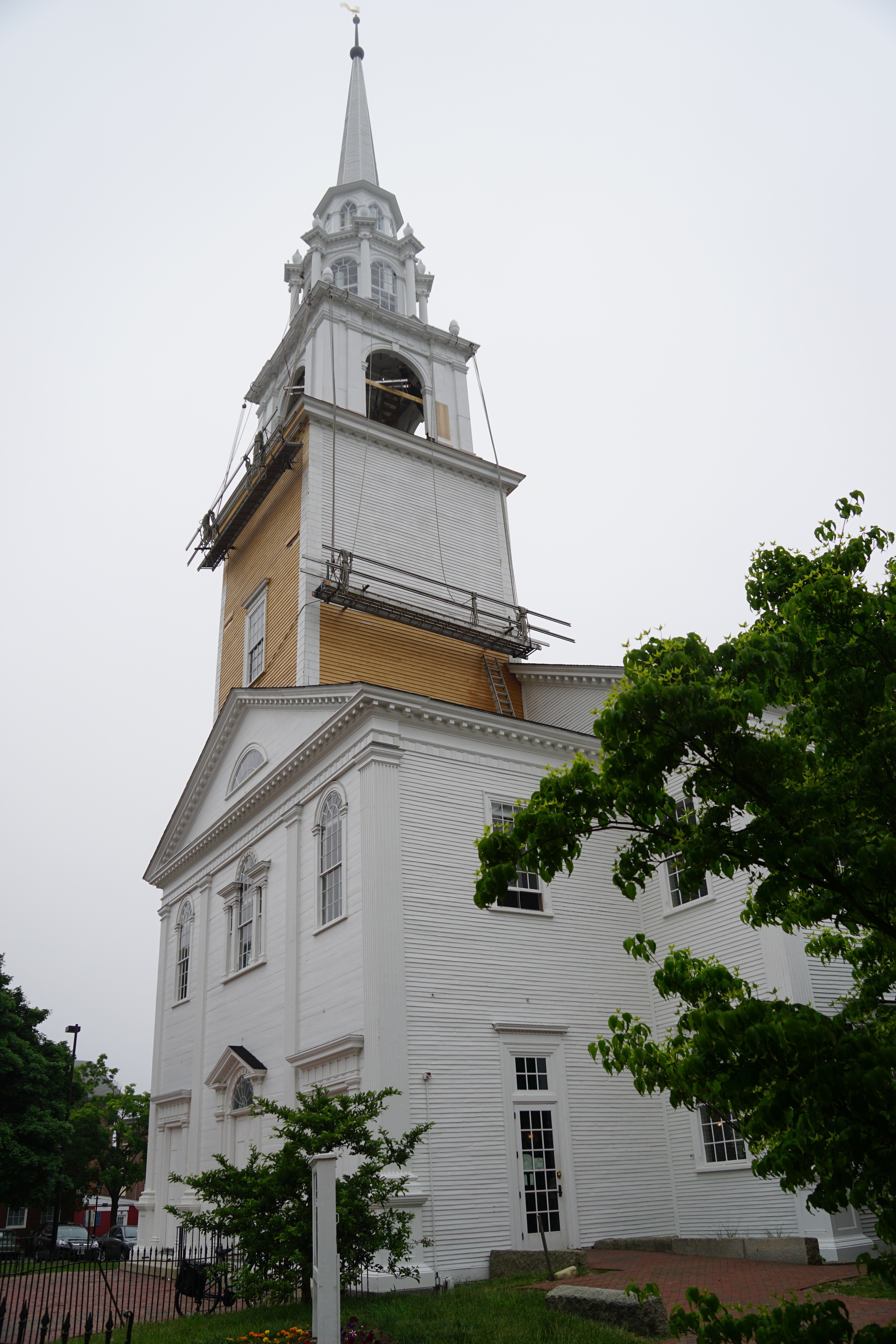
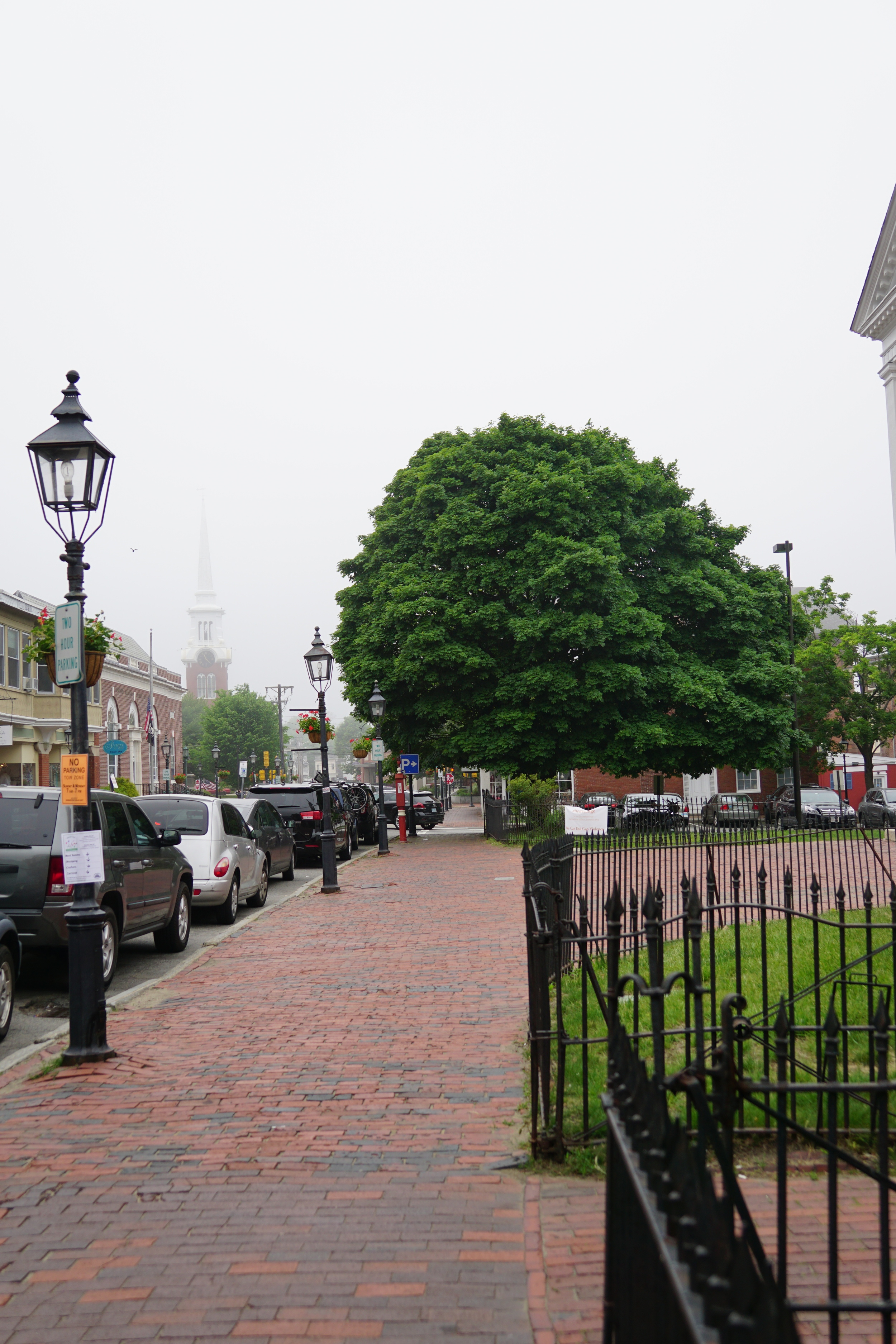

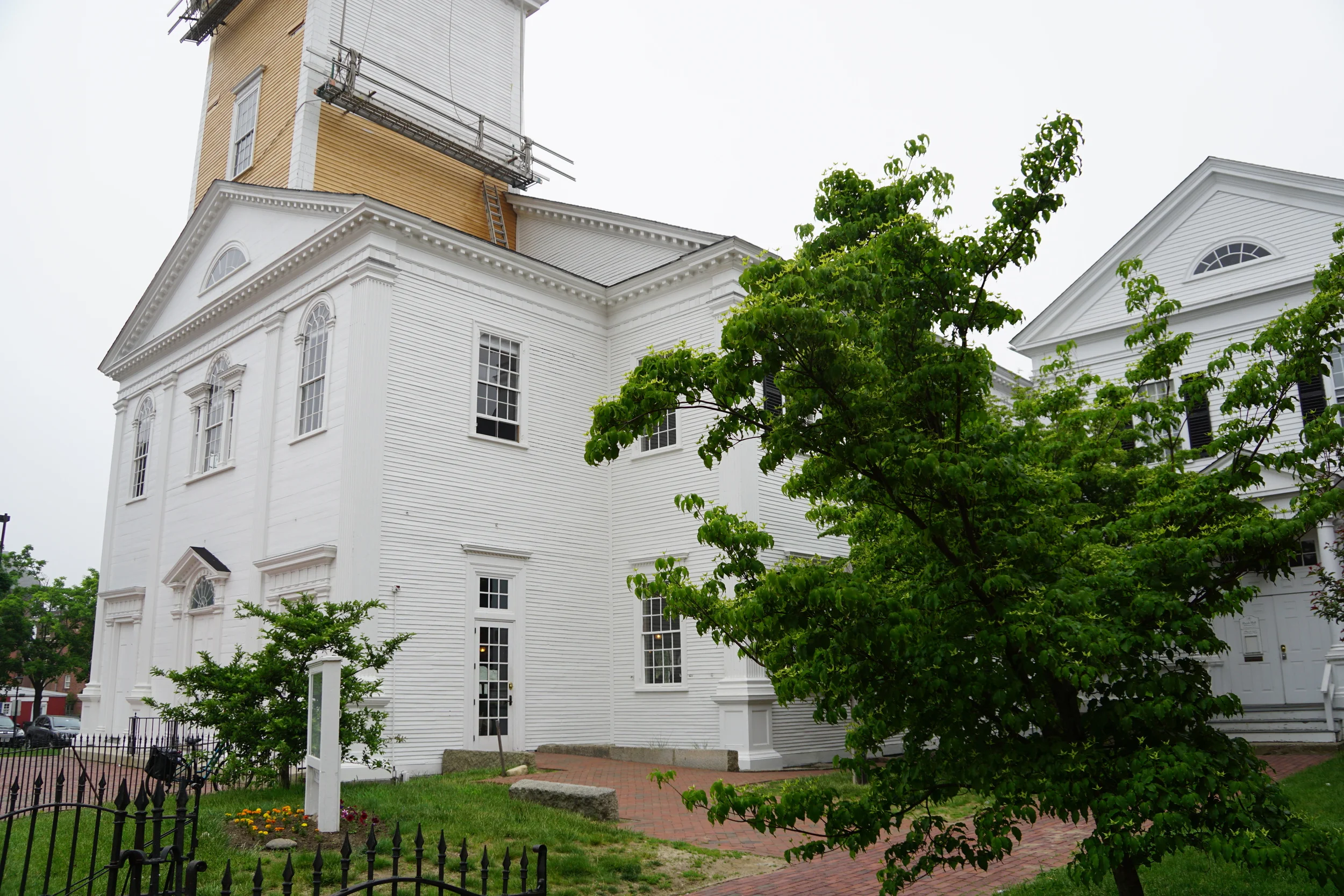
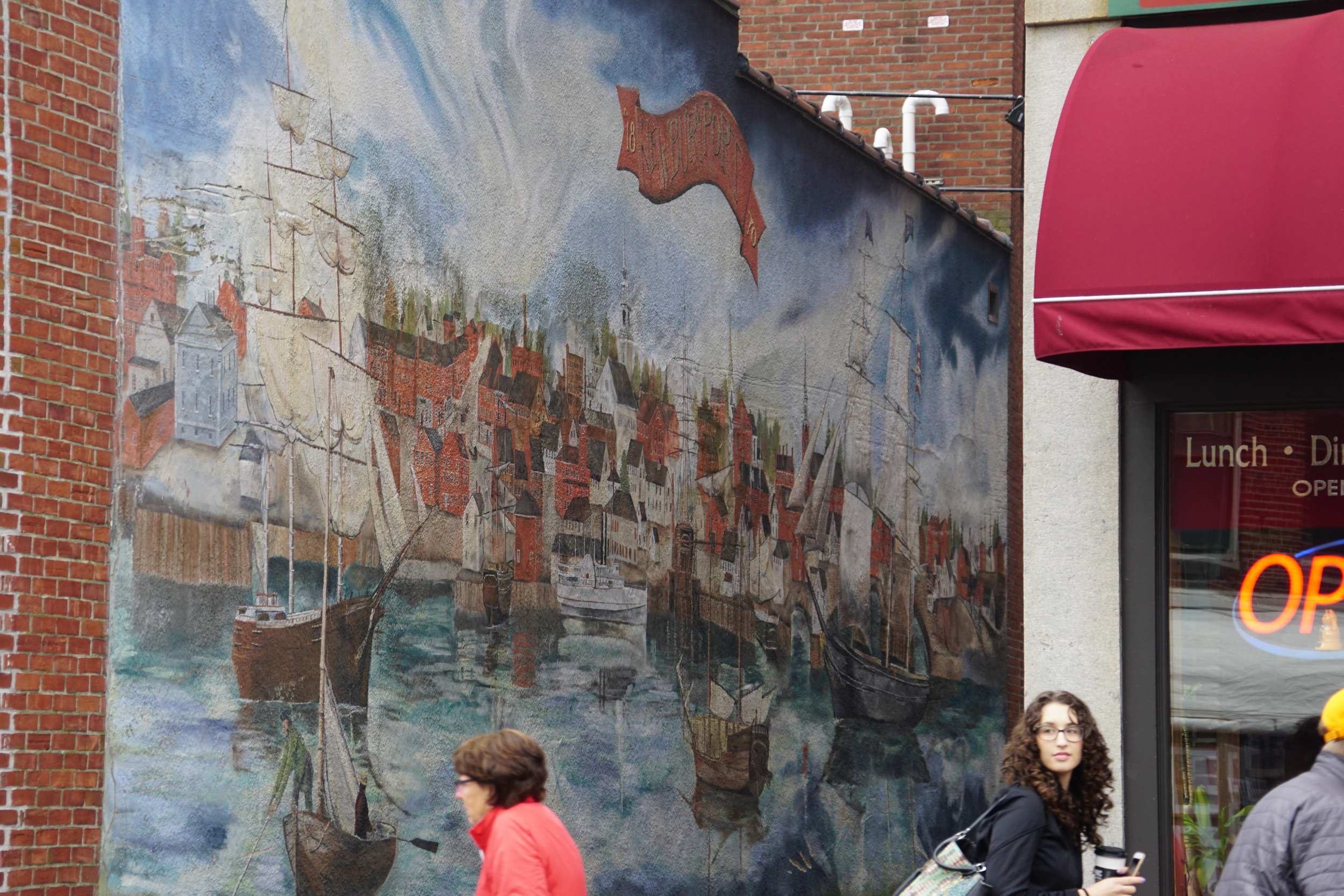
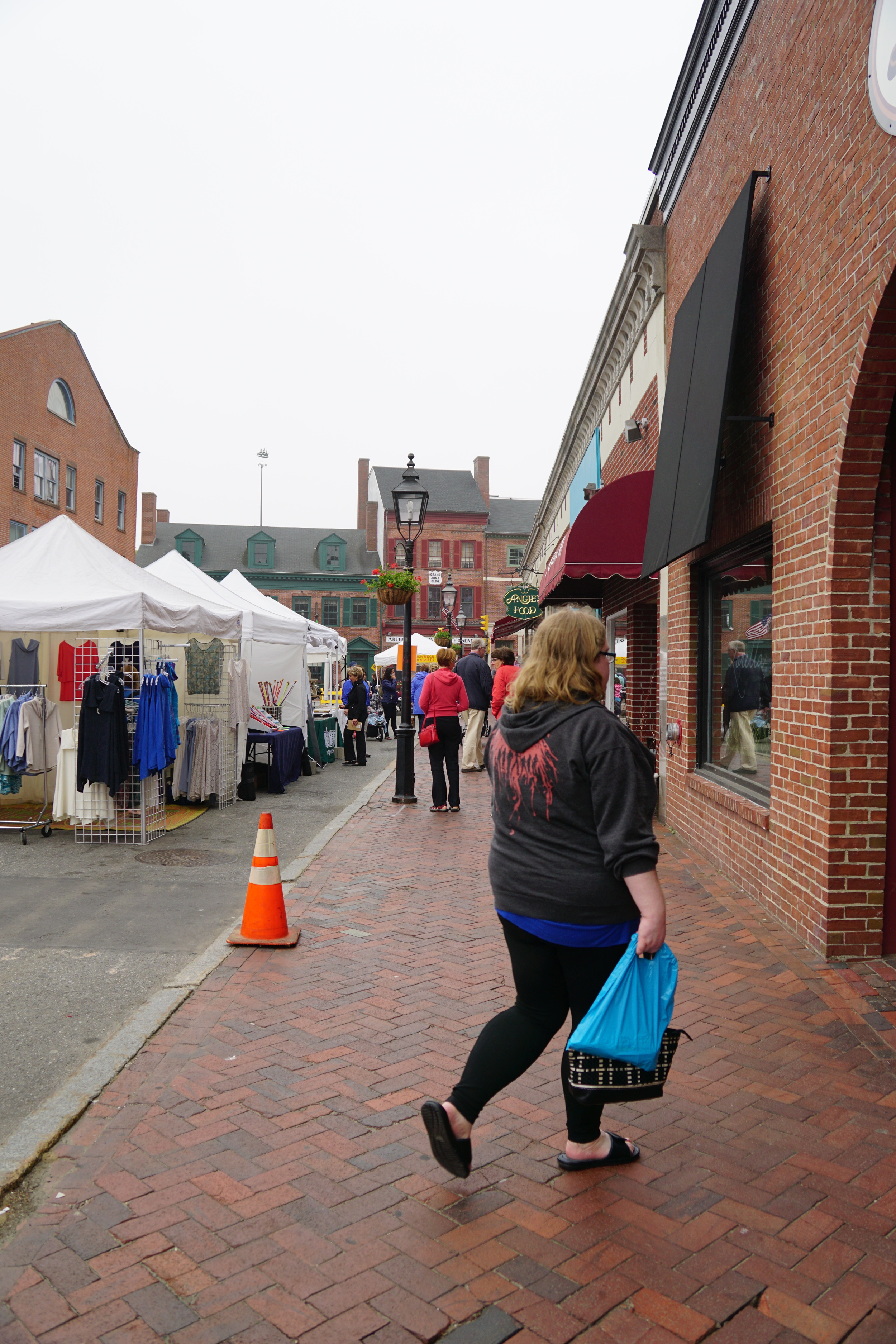
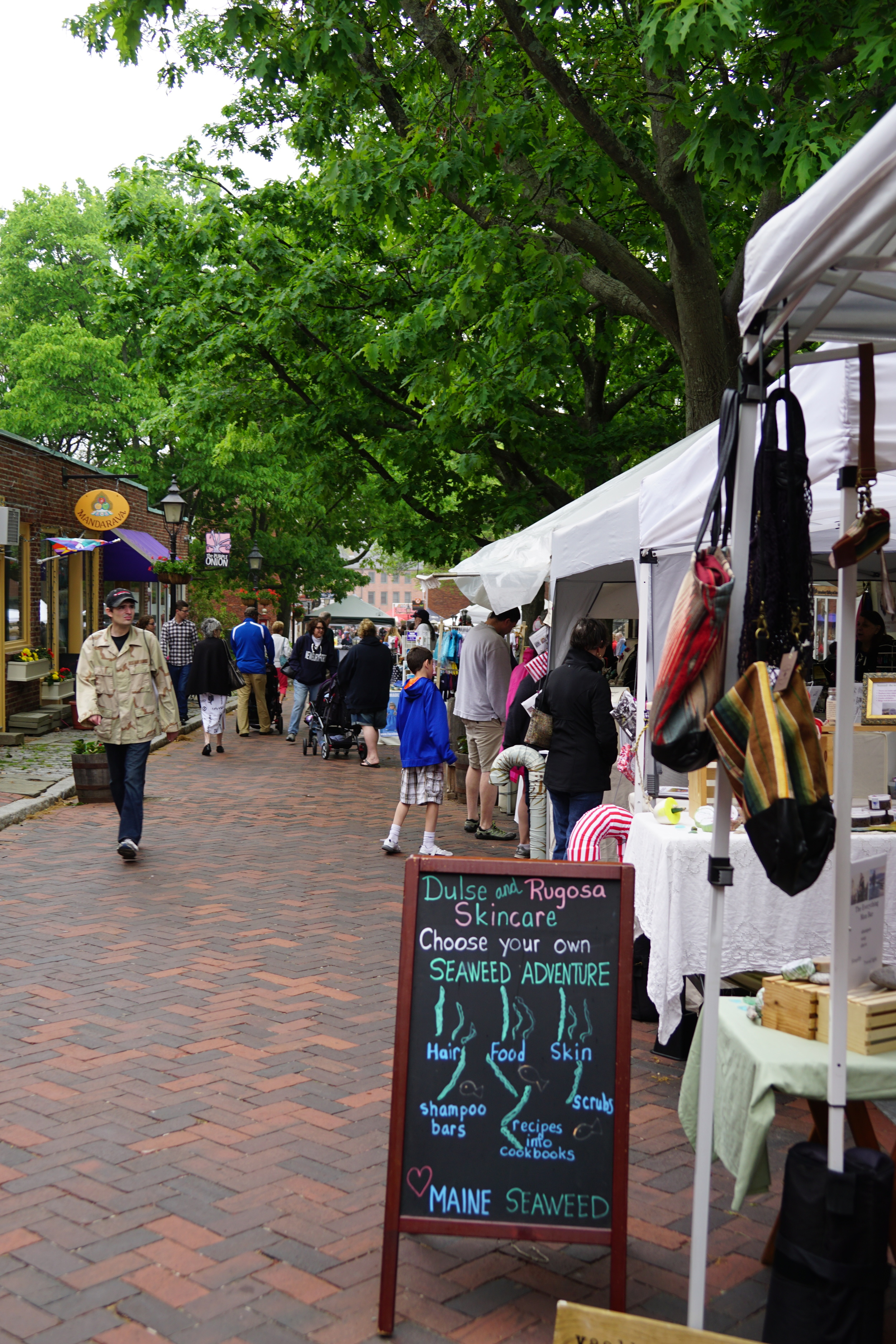
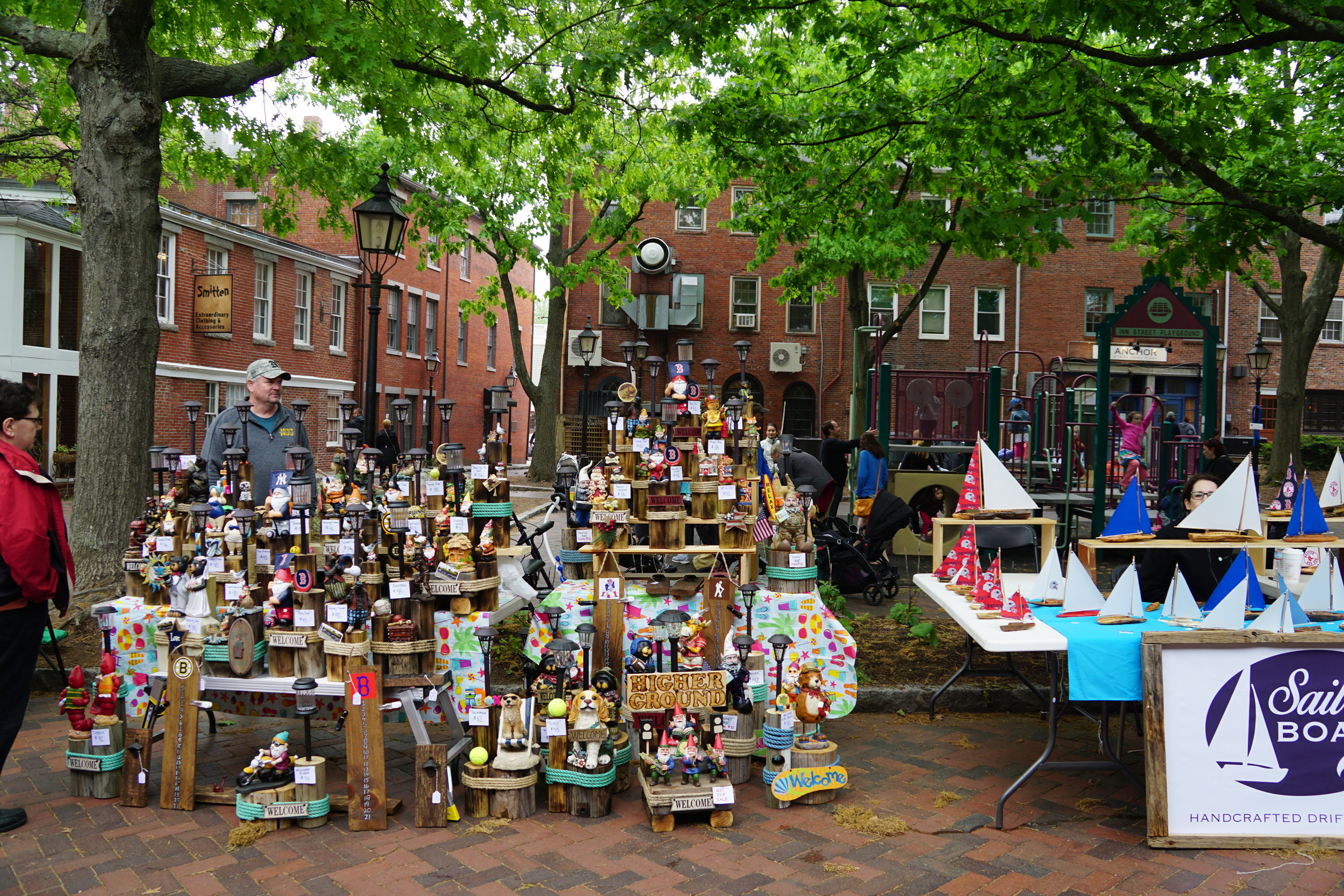
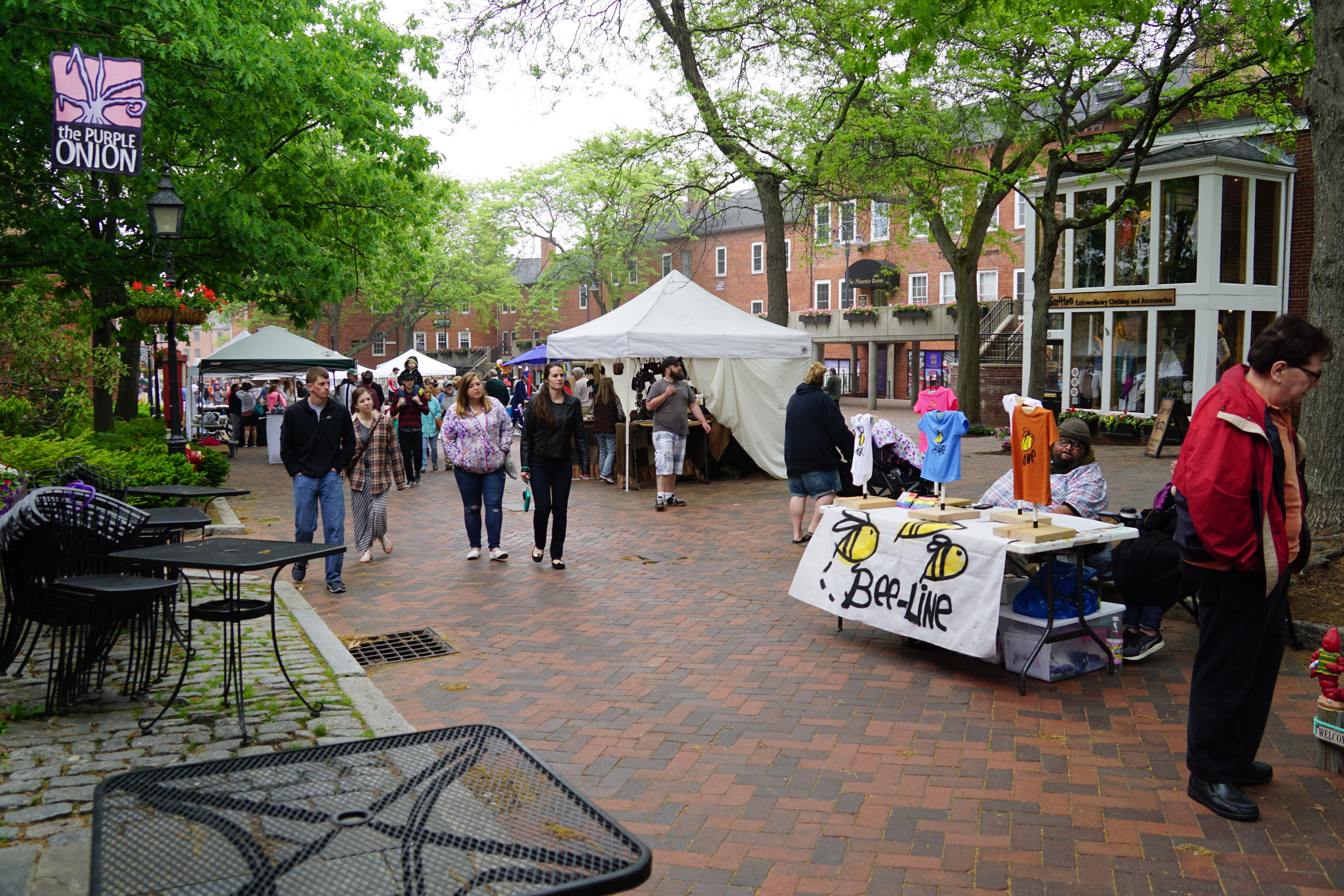

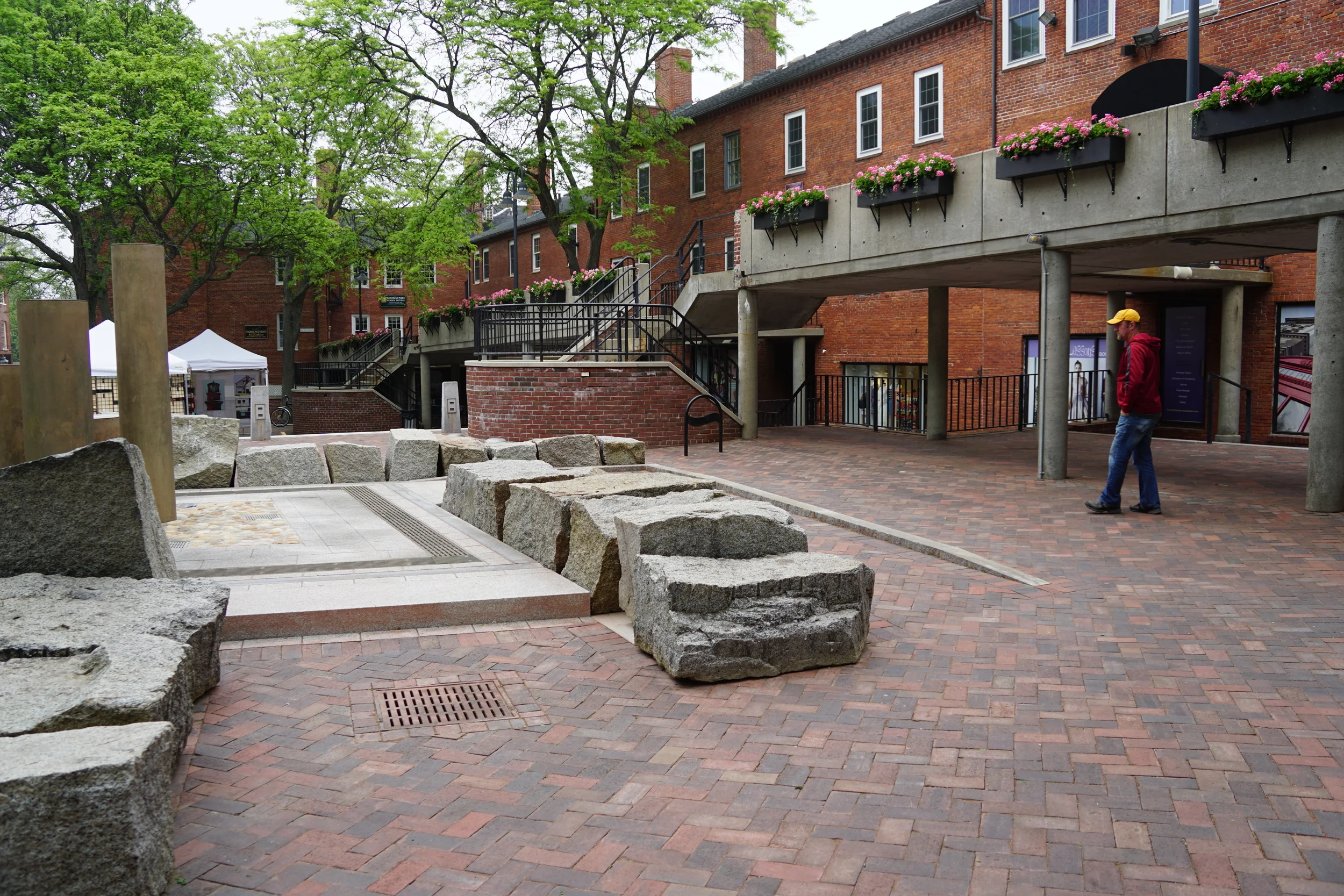


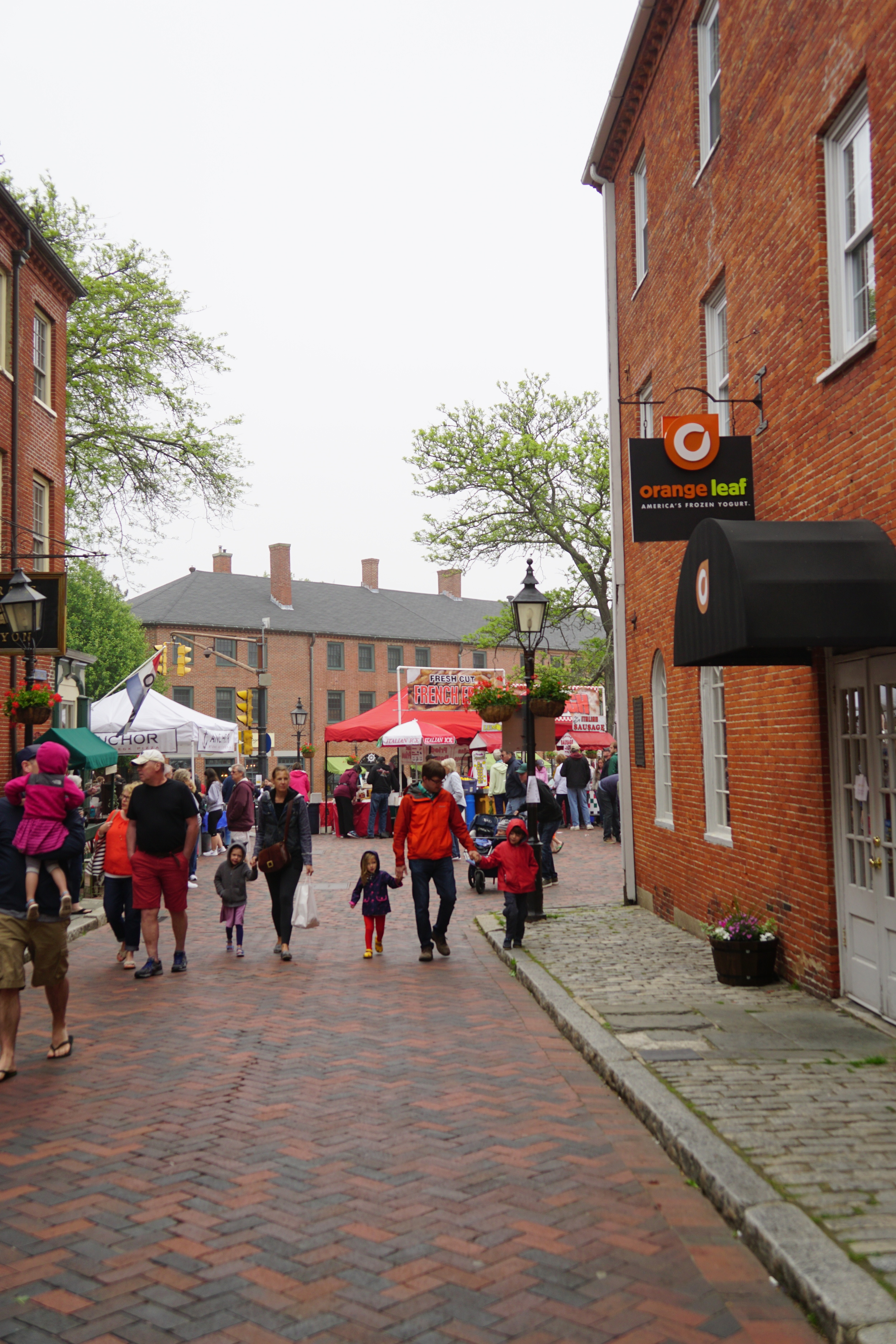
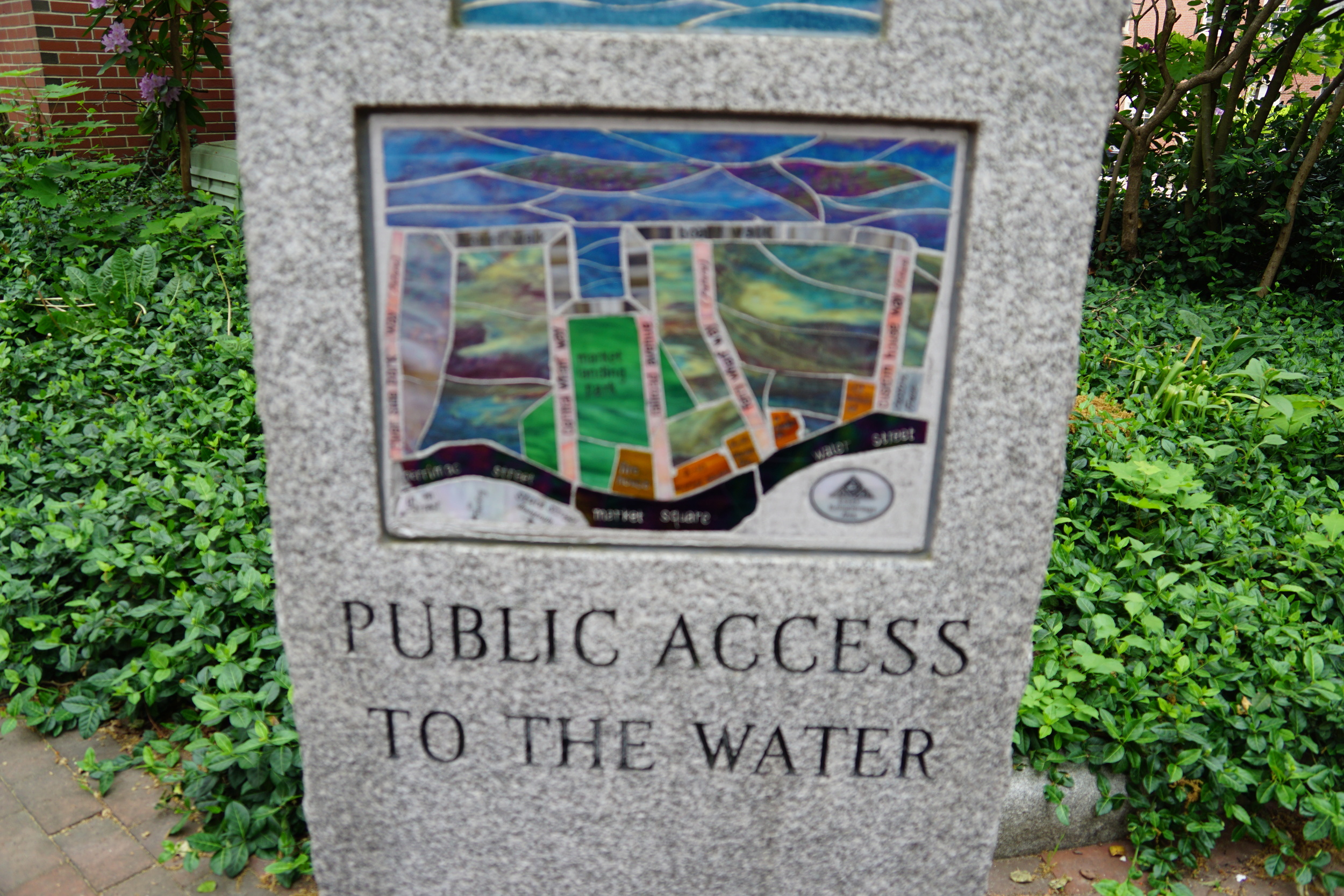
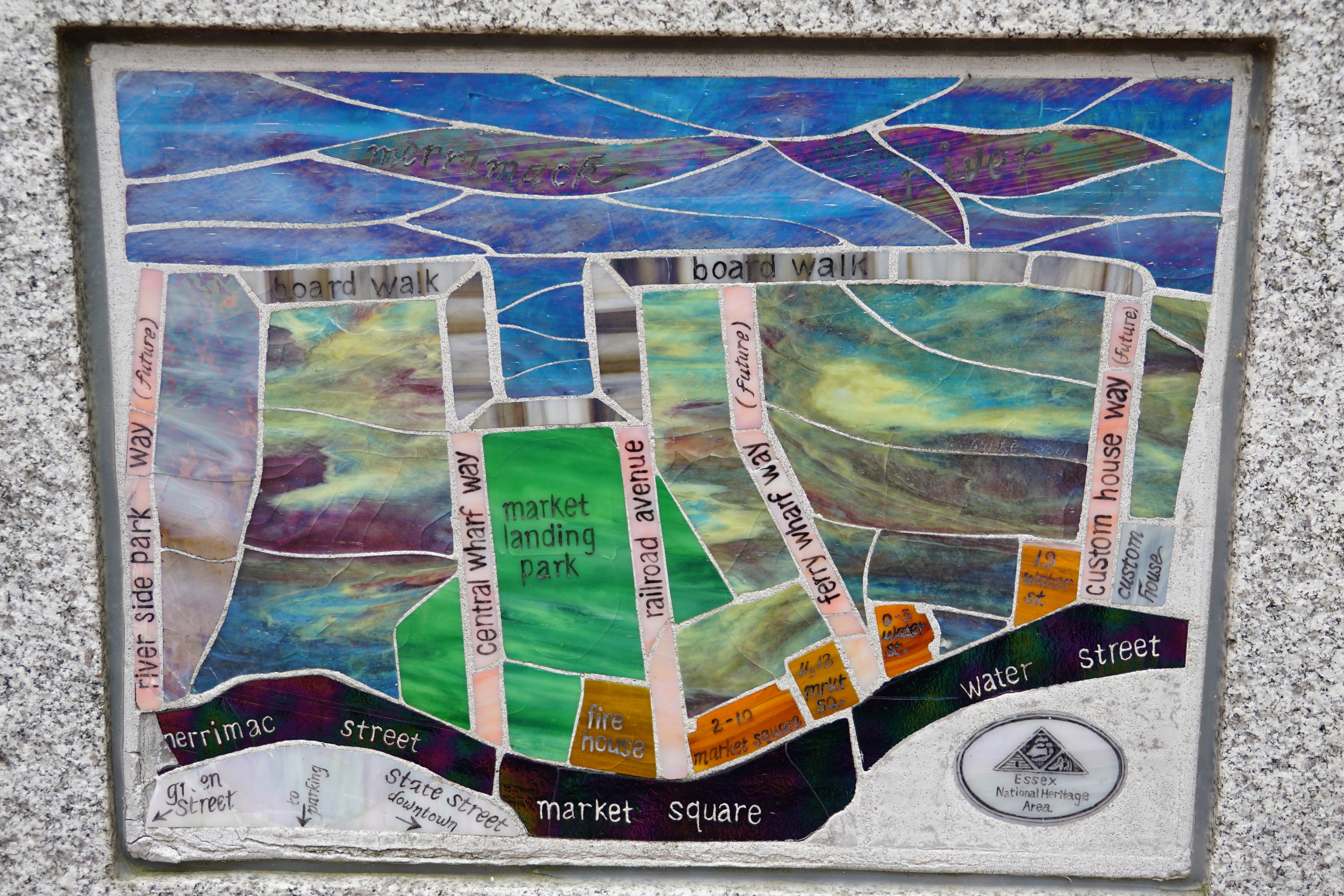
It's really no surprise that in 1987, when Will Murray took a field trip to Newburyport and Gloucester to research locales from Lovecraft's "The Shadow Over Innsmouth". When he visited Gloucester, Murray found a Gilman House — more formally, the Sargeant-Murray-Gilman-Hough House — a hotel in the story but in real life a Georgian-era mansion turned into a public museum. He also found other landmarks mentioned in the story, including streets named Adams Church, Babson, Main, and Fish, and a building adorned with large, white wooden pillars on its front and side — the Legion Memorial Building — that looks remarkably like the story'sMasonic Lodge (the meeting place for the Esoteric Order of Dagon). and much more...
